With spending on solar energy technologies on the rise, what could the future hold and what investment opportunities are on offer?



With spending on solar energy technologies on the rise, what could the future hold and what investment opportunities are on offer?








In the week of this year’s COP27 climate summit, the United States made a bold statement. In a speech at the event, President Joe Biden said that the country will achieve its 2030 emissions targets. He added that his commitment to climate change has been unwavering and that could say will full confidence that the target will be met.


Biden also shed light on investment and finance, saying the United States is “putting its money where its mouth is on climate change” thanks to a huge US$650bn investment in climate change last year.
Whilst whether the achievability of this aim remains to be seen, it definitely puts significant pressure on other nations to ensure they can match it.
SCOTT BIRCH scott.birch@bizclikmedia.com
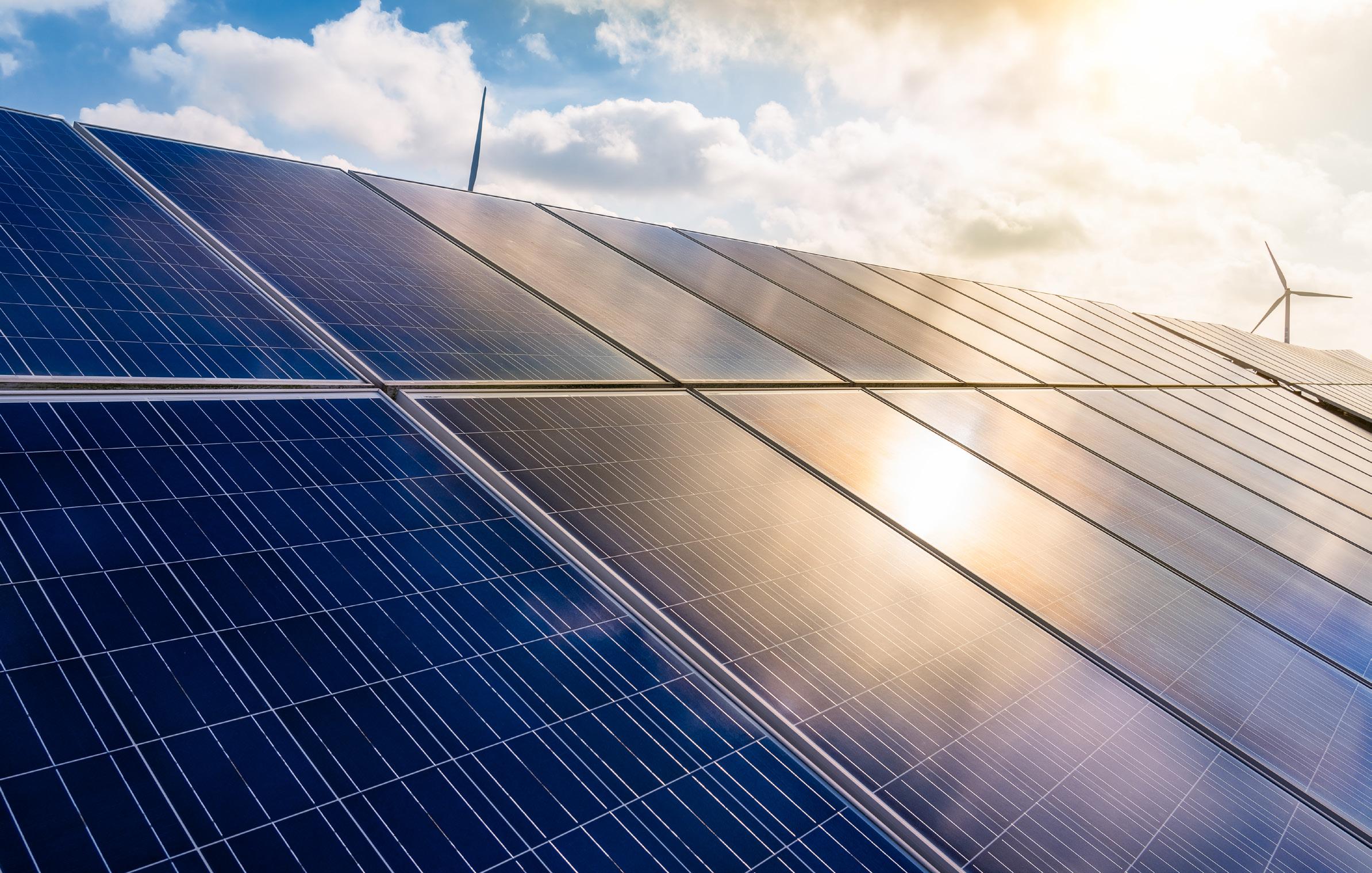



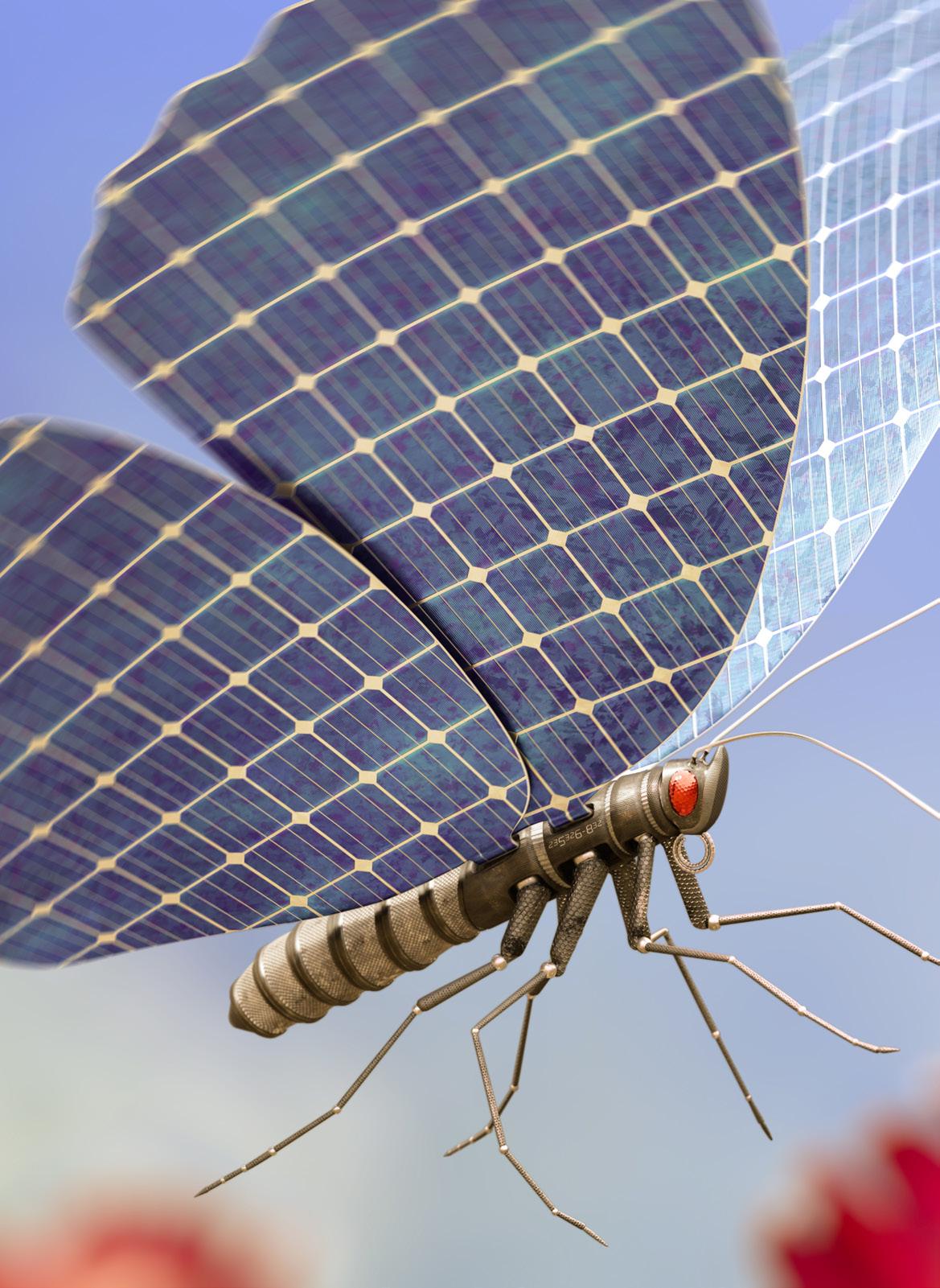


It’s about doing more
Located about 310 miles south of Beijing, China, in the Shandong province, Amazon’s solar farm is one of the tech giant’s two renewable energy projects in China. The solar farm includes 420,000 panels across 1.5 square miles. The project brought significant economic benefits from the US$139mn invested. At peak development, the project created more than 800 construction jobs.
Beyond the economic benefits, the project is unique because it is built around a fishery, integrating photovoltaic power generation by converting sunlight into electricity above the water and safe marine life production beneath the water, which results in the simultaneous harvesting of both solar energy and the South American white shrimp, sea cucumber, grouper, and other aquatic organisms. The developer also built an exhibition centre, a science education base, and several leisure and entertainment facilities.
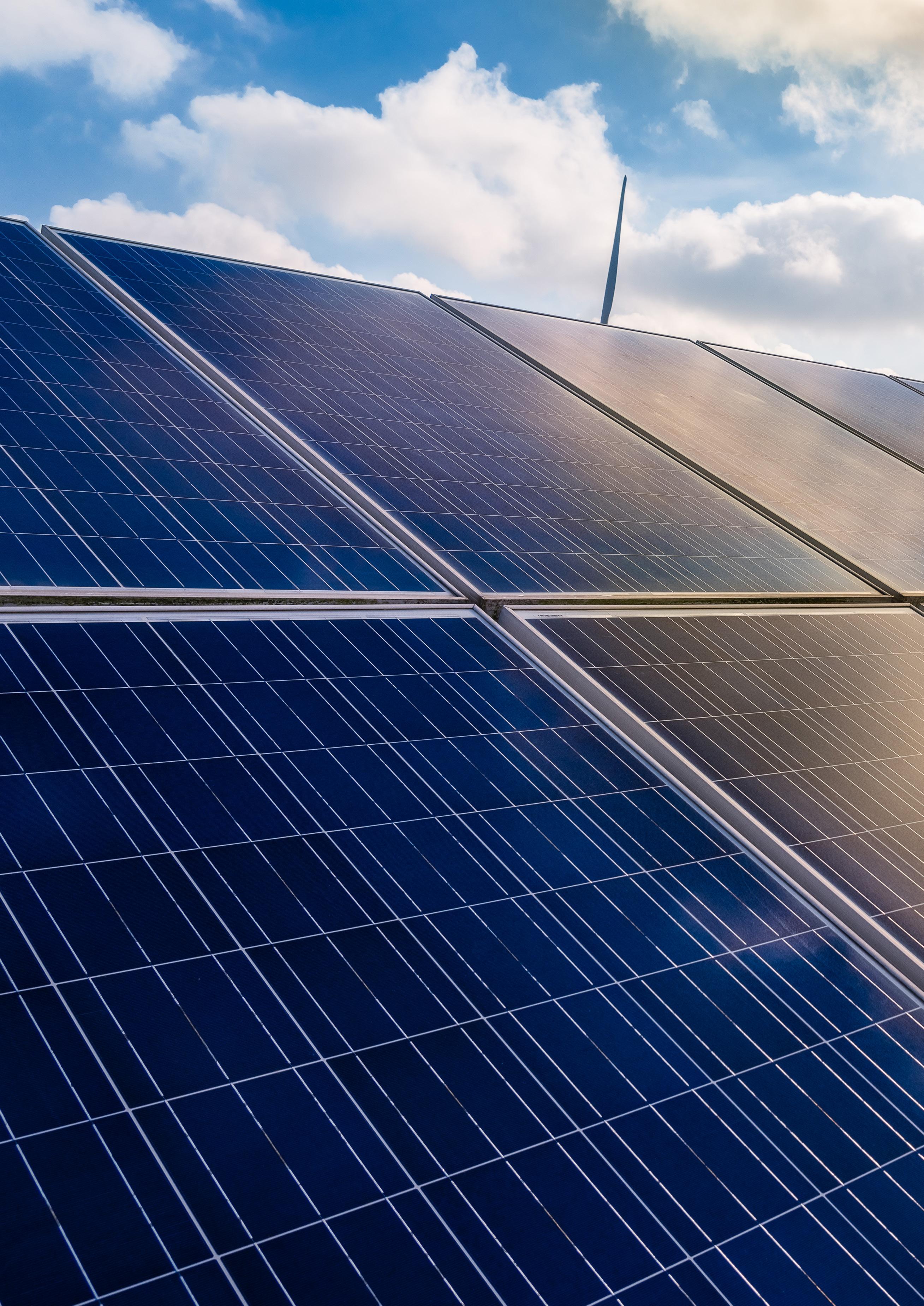
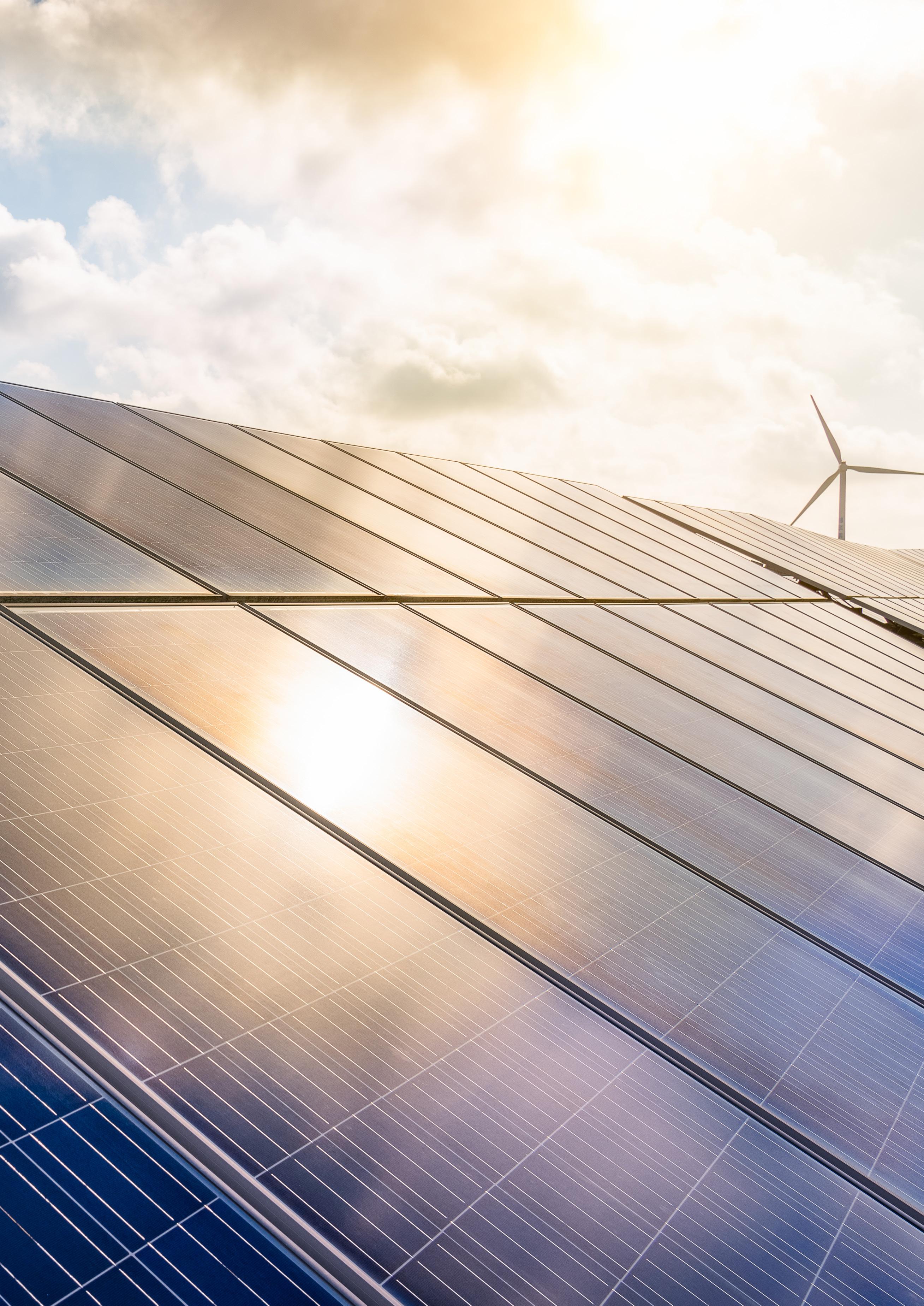
Japan’s
TEPCO teams up with Scotland’s Floatation Energy UAE: Inclusive climate action can accelerate economic growth YURI SEBREGTS

Red Sea Wind Energy, together with the Egyptian Ministry of Electricity and Renewable Energy recently held a ground-breaking ceremony for a new 500MW Build-Own-Operate wind farm near Ras Ghareb in Egypt. The farm will be the largest privately developed, utility-scale wind power plant in Egypt. Red Sea Wind Energy breaks ground on Gulf of Suez 2 project
Exxon Mobil and Chevron’s profits rose to a combined value of more than US$30bn despite the current energy crisis. Exxon’s profit was the highest in 152-year history whilst Chevron announced its second-best quarterly result both amid world energy shortages.
Another company to benefit is BP, which announced in November that its third quarter profit more than doubled on high commodity prices. This happened after Russia’s invasion of Ukraine with replacement cost profit reportedly soaring to US$8.2bn, according to Business Recorder.



Deindustrialisation may become an occurrence in Europe as a result of the energy crisis. Sources say that European industries are shutting down as a result of the situation. They also say that even when the crisis, passes, certain industries may not return.
Experts have warned the high energy prices and inflation will result in a vast amount of company redundancies. This comes after 13 Czech companies announced layoffs in the past three months. Worker numbers are decreasing in the agency and manufacturing sectors, with more expected in the future.
Name: Michael Wirth
Job Title: Chairman of the Board and CEO Company: Chevron
Suceeding John S. Watson , Michael Wirth became the Chief Executive and Chairman of the Board of one of the highest privately-held total carbon emissions companies in the energy sector. That company is Chevron.
Prior to the start of his career, in 1982 Wirth obtained a bachelor’s degree in Chemical Engineering from the University of Colorado. Before the end of the year, he started his first job at Chevron where he has remained ever since.

Wirth has worked across several sectors for the company before making his way up to the position of CEO and Chairman of the Board. One of Wirth's first major roles within
the company was in 2001 when he became President of Marketing for Chevron Asia, Africa, Africa and Middle East.
In 2017, he served as Vice Chairman of the board, a role which included a twoyear tenure as Chevron’s executive Vice President of Midstream and Development. In this role, Wirth was responsible for the company’s shipping, supply and trading, and pipeline and power operating units, as well as for Chevron’s strategy, business development, and corporate affairs.
From 2006 to 2017, Wirth served as Chevron’s Executive Vice President of Downstream and Chemicals, which followed on from his position as President

of Global Supply and Trading which he held from 2003 to 2006.
In addition to his roles at Chevron, Wirth also is a member of the Board of Directors of Catalyst as well as Chairman of the Board of the American Petroleum Institute. He is a member of the National Petroleum Council, the Business Roundtable, the World Economic Forum International Business Council and the American Society of Corporate Executives.
As a well-known company in the energy sector, Chevron was originally founded in 1879 in California, United States. Active in more than 180 countries, the company is the second-largest descendant of Standard Oil
and was first named the Standard Oil Company of California. Wirth’s expertise and leadership have helped it grow through modern times to become a true industry leader.
Most recently, Chevron announced that it had deployed sensor-affixed drones to detect emisisons in the U.S. Gulf of Mexico. According to the company, it is one of the first in the industry to achieve the feat.
The Gulf of Mexico has some of the lowest carbon intensity production within Chevron's portfolio. It averages an intensity of 6 kg carbon equivalent per barrel of oil equivalent, a fraction of the global average.
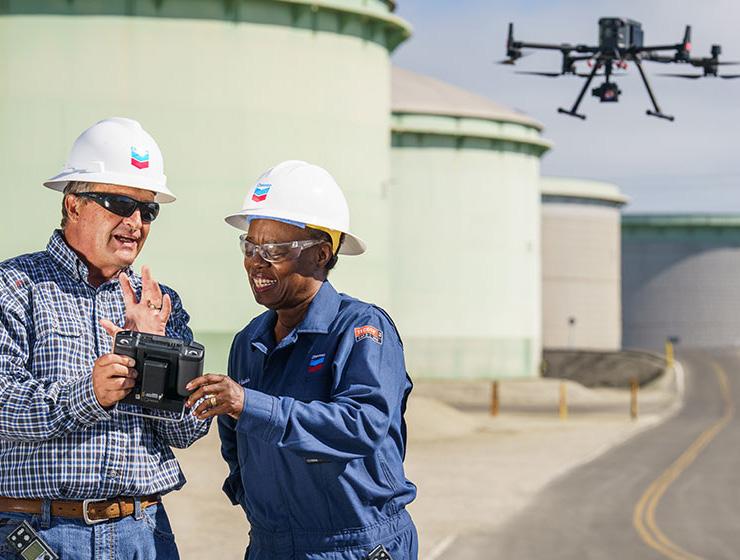

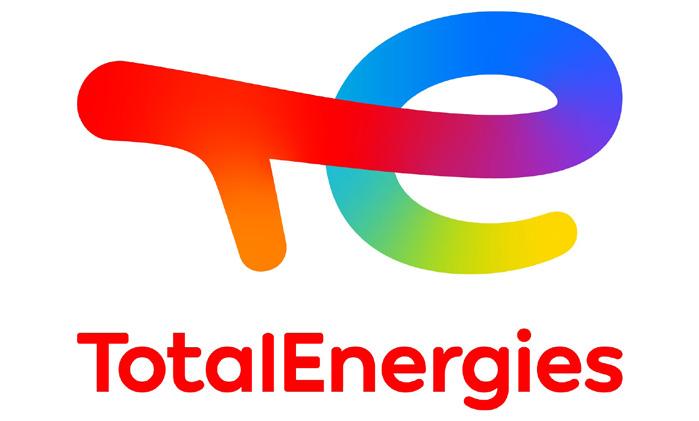 WRITTEN BY: HELEN ADAMS
PRODUCED BY: CRAIG KILLINGBACK
WRITTEN BY: HELEN ADAMS
PRODUCED BY: CRAIG KILLINGBACK
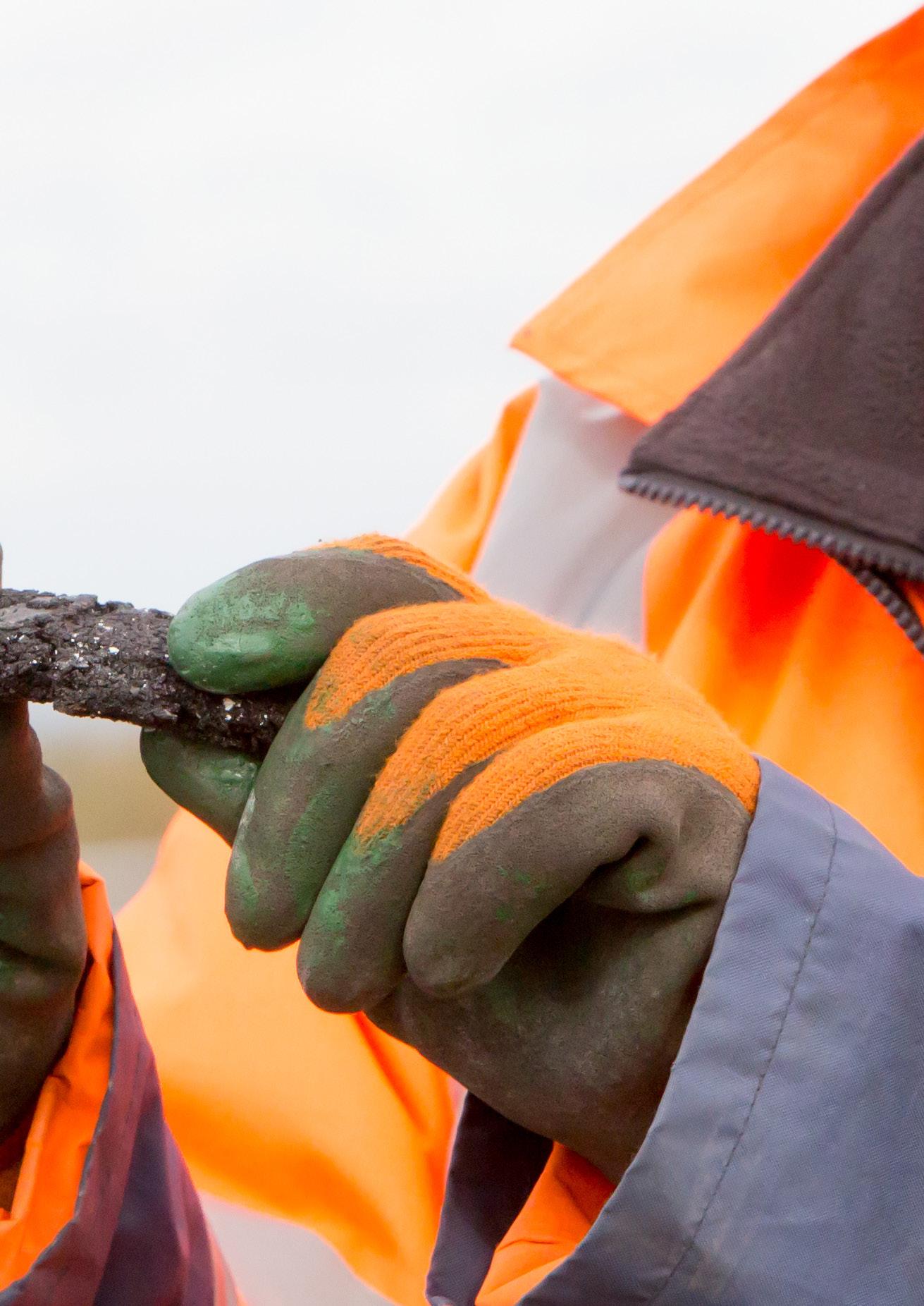


TotalEnergies is a multi-national energy company, founded in 1924 in France. Previously known as Total, in 2021 the Company rebranded as TotalEnergies –in line with its transformation into a broad energy company and a world-class player in the energy transition, including through its own carbon neutrality commitments.
TotalEnergies has activities in more than 130 countries worldwide.
TotalEnergies is one of Europe’s largest producers of bitumen and its affiliate, TotalEnergies Marketing UK, has been a market leader in UK bitumen supply for decades, including through the supply of pioneering bitumen products manufactured in its Preston production site. Bitumen is the black viscous substance used to construct roads.

Garr Chau is the Supply Chain Manager for TotalEnergies Marketing UK, a role he landed through a graduate scheme.
“My role involves overseeing a team of planners and the supply of bitumen and additives to our supply locations, imported via ship, rail and road, in addition to road deliveries of bitumen products to our customers from those supply locations.”
TotalEnergies is transforming into a broad energy company and has committed to the Paris Agreement and the United Nations Sustainable Development Goals.
“We have an ambition and that is to help with the world's energy transition, to reinvent the production and use of energy and to reach Net Zero by 2050 together with society,” says Chau.
TotalEnergies has set objectives to reduce its emissions.
The first step is to reduce Scope 1 and 2 CO2 emissions from TotalEnergies’ worldwide operations.
“We've set ourselves measurable short, medium, and long-term goals - so, by the year 2030, we've committed to reducing Scope 1 and 2 emissions at our own facilities by over 40% versus 2015 levels,” explains Chau.
In addition to decarbonisation, the company seeks to achieve this through improving efficiency across all operations, as well as achieving zero routine flaring at refineries, cutting methane emissions leaks in its gas operations and also by investing significantly in carbon capture and storage capacity as well as natural carbon sinks.
TotalEnergies has also set a 2030 target to reduce its global Scope 3 emissions - i.e. those from the energy products used by its customers - to below 2015 levels.
“The way we can influence this is to work with society - our customers, suppliers, partners and public authorities. We have
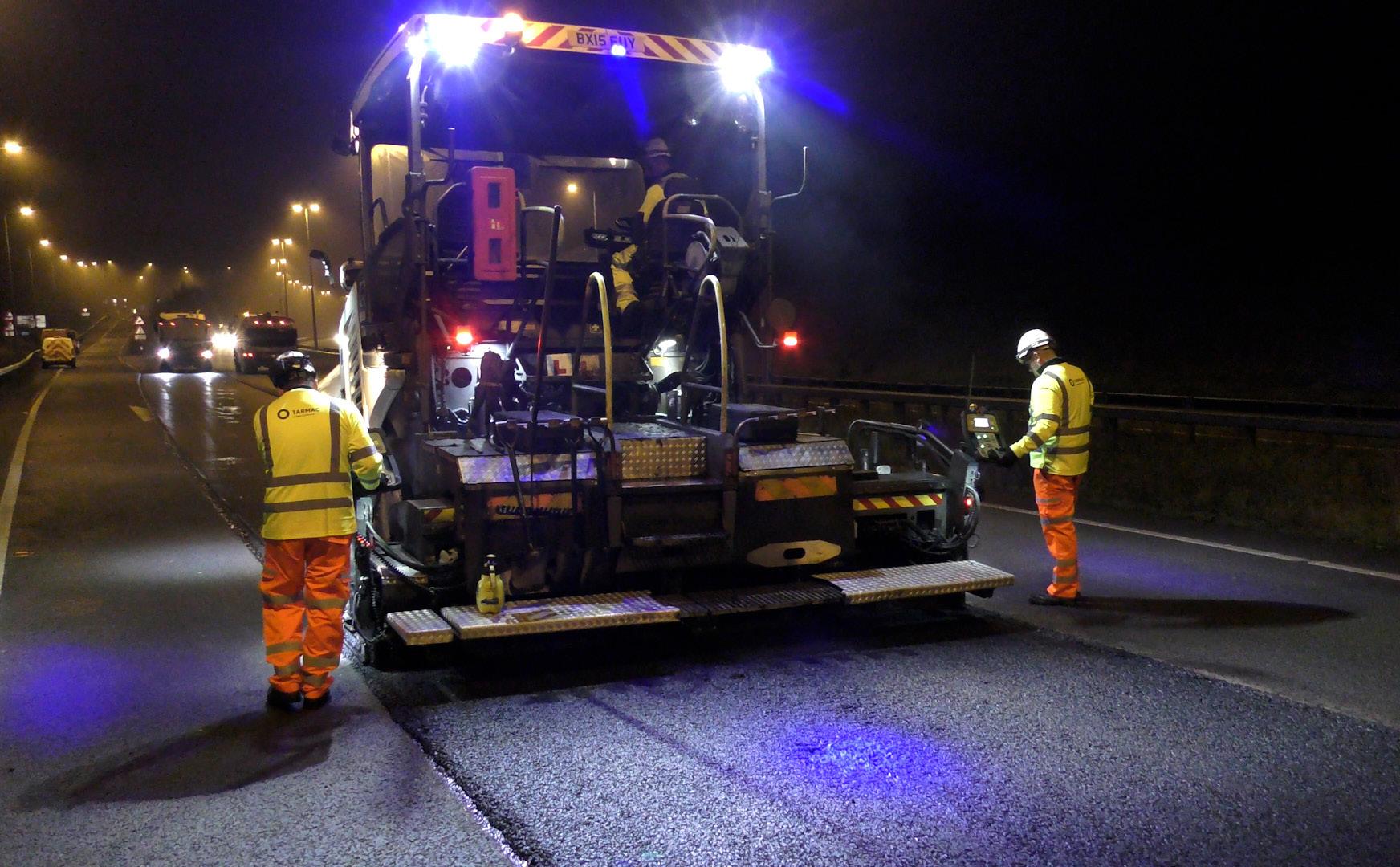
“
irrefutable”
to transform the way that we all use energy so that we can be sustainable.”
“We are changing our energy mix as a company, hence why we are transforming from being an oil & gas company into an integrated and broad energy company. We are reducing the carbon intensity of petroleum products sold by more than 30%, whilst we also plan to produce and sell 30% more energy products, especially through growth in electricity and liquefied natural gas (LNG). LNG, in particular, is a very important fuel in the transition, as the lowest carbon fossil fuel,” says Chau.
The UK has recently witnessed extreme weather events, first with the heatwaves and then with resulting scenes of flash floodingexamples of how our climate is changing.
“The impacts of climate change are irrefutable,” says Chau. “The general public expects governments and large companies, like TotalEnergies, to act on this. In Europe, around 80% of greenhouse gas emissions come from energy production and consumption, so energy producers have a vital role to play.”

TITLE: HEAD OF SUPPLY CHAIN
INDUSTRY: OIL & ENERGY
LOCATION: PRESTON, UK
Garr Chau is currently the Head of the Bitumen Supply Chain for TotalEnergies Marketing UK Ltd, where he’s responsible for: primary supply via ship and rail import; stock management and quality control of the 3 terminal locations; and ensuring the safe and cost efficient distribution of finished products to TotalEnergies’ bitumen, PMB and emulsion customers.
1955
Year founded 250+
Number of employees
During his 17-year career at TotalEnergies, Garr has (amongst other roles) served as: a Chemical Engineer at the Lindsey Oil Refinery, responsible for energy optimisation of the combined heat and power (CHP) unit, steam methane reformer (SMR) unit, fired heaters and boilers; Operations Manager of the long distance pipeline and aviation assets; JV Director of the HOSL terminal operation; responsible for safety and mitigating the environmental impact of the bitumen business.
Garr earned both a PhD and MEng in Process Engineering from University College London

Are you looking for an agile, flexible logistics partner with highest quality and safety standards? Do you appreciate expertise that moves you forward? The HOYER Group is one of the world’s leading logistics services providers in handling and transporting liquid products. We are the first point of contact for the chemicals, petroleum products, gas and foodstuffs industries.

By road, rail and sea – with our extensive global network we will find the optimum solution for you. We maintain our leading market
position in the petroleum products sector through outstanding safety, environmental and customer service performance. Driving achievement in logistics is part of our DNA. With our sophisticated full-service logistics (from remote stock management to completion of the transport delivery) we make our customers’ business easier and more successful. Together we break new ground in a customised way
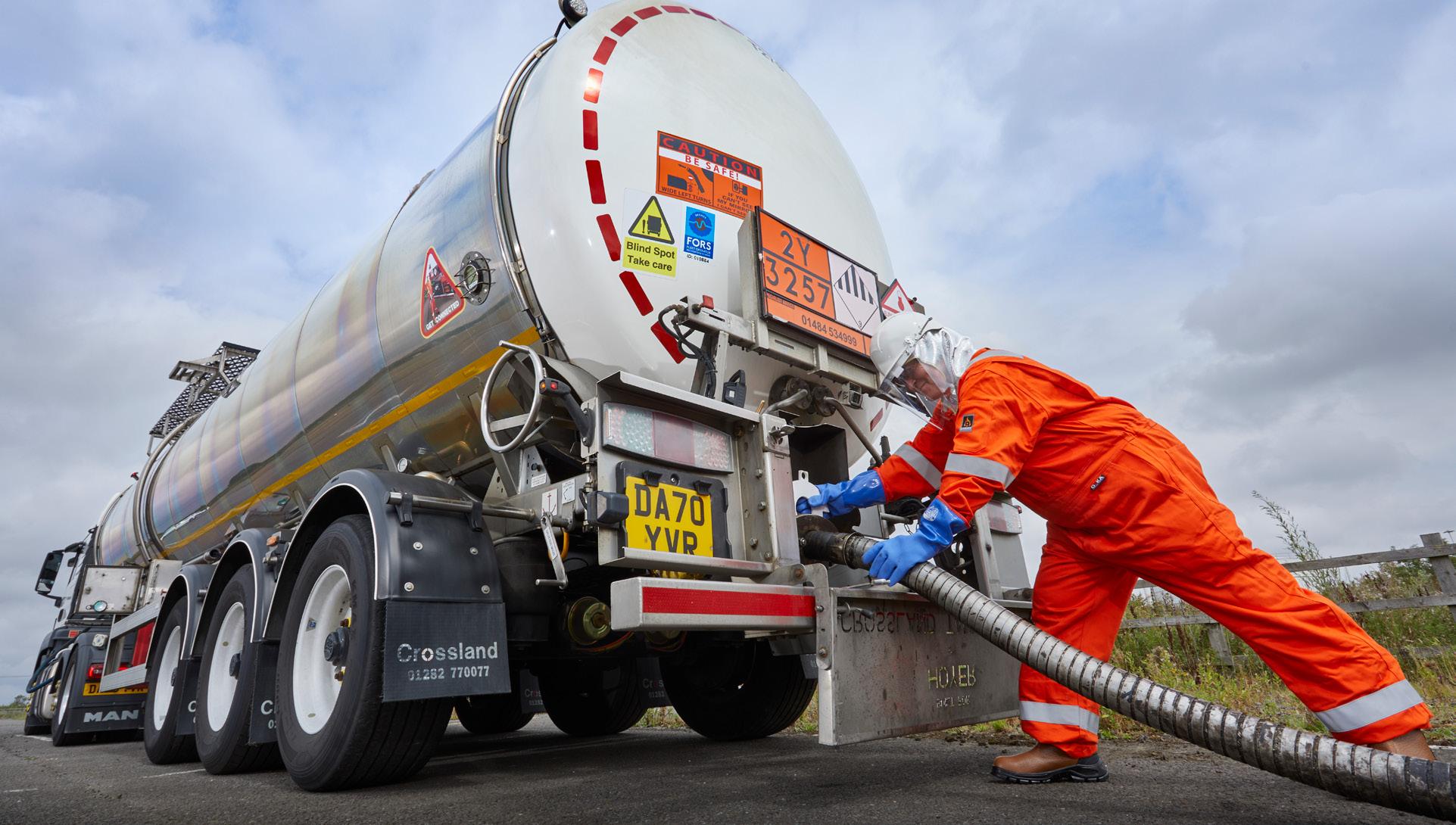 LEARN MORE
LEARN MORE
INDUSTRY: OIL & ENERGY
LOCATION: PRESTON, UK
I started in the sector in 1989 in an aggregates and asphalt testing laboratory with Hanson covering quarrying and asphalt operations. I studied construction materials technology with Bath College, then quarrying and asphalt technology with Doncaster College. I joined Aggregate Industries as a Technical Manager, managing on-site asphalt testing, laboratories, and various R&D projects before joining TotalEnergies as Market Development Manager in 2011. My role involves marketing communications, technical liaison, market development and representing TotalEnergies at international conferences and seminars. I’m a member of the Chartered Institute of Highways and Transportation, Institute of Quarrying, and a Branch Chairman of the Institute of Asphalt Technology. Also, the Asphalt Industry Alliance PR Committee liaising with ‘The All-Party Parliamentary Group for Better Roads’ and have assisted BSI working groups in the writing and publication of the current UK Asphalt standards.
Sustainable solutions for customers
According to Rick Ashton , Market Development Manager at TotalEnergies Marketing UK, offering customers a range of sustainable solutions is essential in modern

One such solution is the increased adoption of low temperature bitumen that can be used in warm

“The focus at the moment is lowering the temperature of asphalt,” Ashton explains.
“Conventional asphalt is mixed at around 180°C and that takes a lot of energy. If we can lower the manufacturing temperature by chemically
modifying the liquid bitumen, we can reduce the energy demands by up to 30%.”
Representing TotalEnergies, Ashton is also working alongside industry bodies towards net-zero carbon goals and contributing to CO2 reduction in the UK.
“The All-Party Parliamentary Group for Better Roads put together a report for all the local authorities in the country on how to support this.
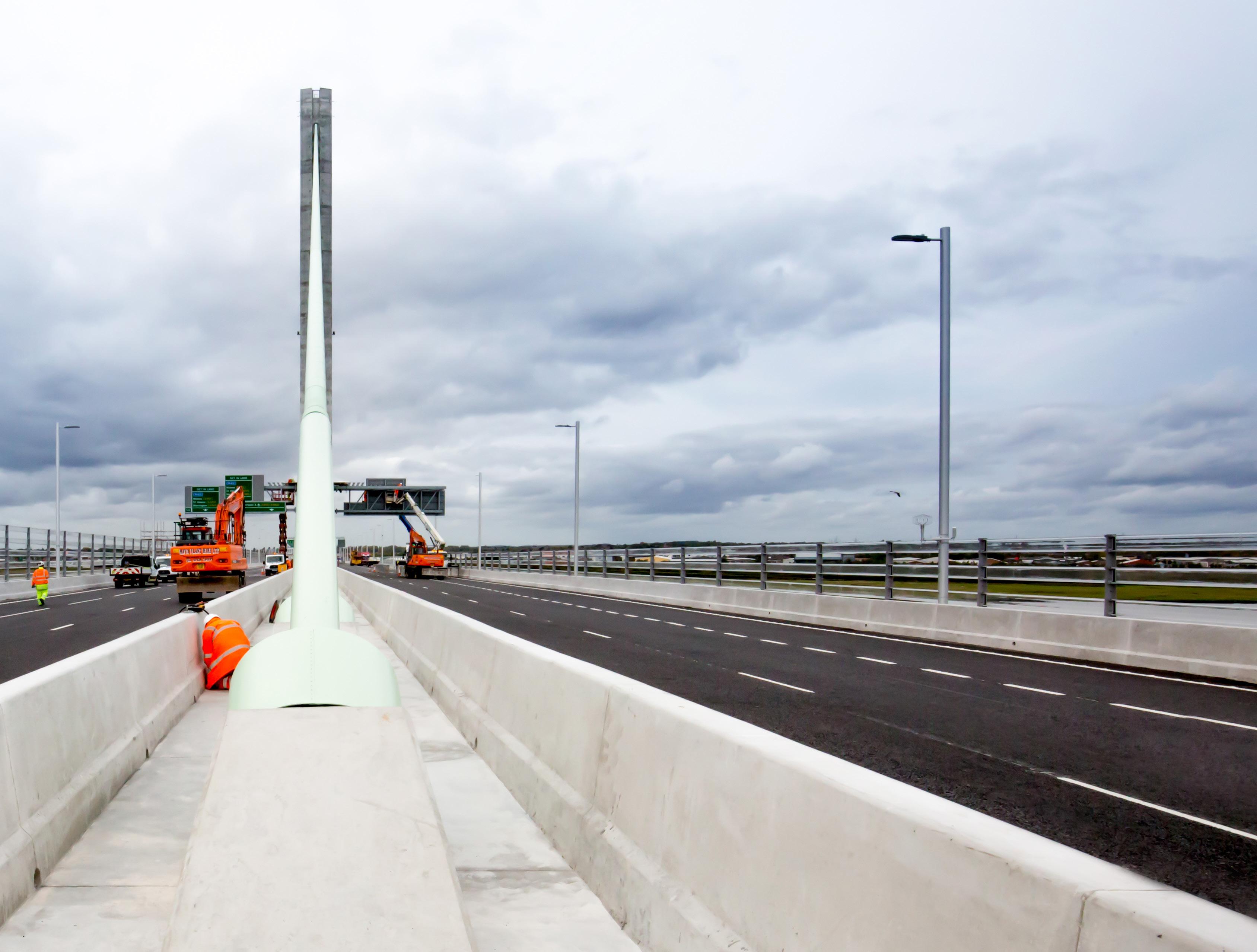
“The report claims if all asphalt production in Great Britain for 2017 had been switched to warm mix asphalt, it would have saved at least 61,000 tonnes of CO2 – the equivalent of cutting almost 300 million miles of car journeys. (Citation: Working for better roads Warm Mix Asphalt: reducing carbon emissions and improving efficiencies)
“When you mix the materials 30°C lower, it means products are cooler to install. This allows faster roadworks as the asphalt can cool to a point where it won’t be too soft to traffic causing deformation. You use less energy to heat the product, because a big part of the energy used in asphalt production
RICK ASHTON MARKET DEVELOPMENT MANAGER, TOTALENERGIES MARKETING UK LTD.“
The focus at the moment is lowering the temperature of asphalt”
TotalEnergies
TotalEnergies
Around 80%
of greenhouse gas emissions come from energy production and consumption
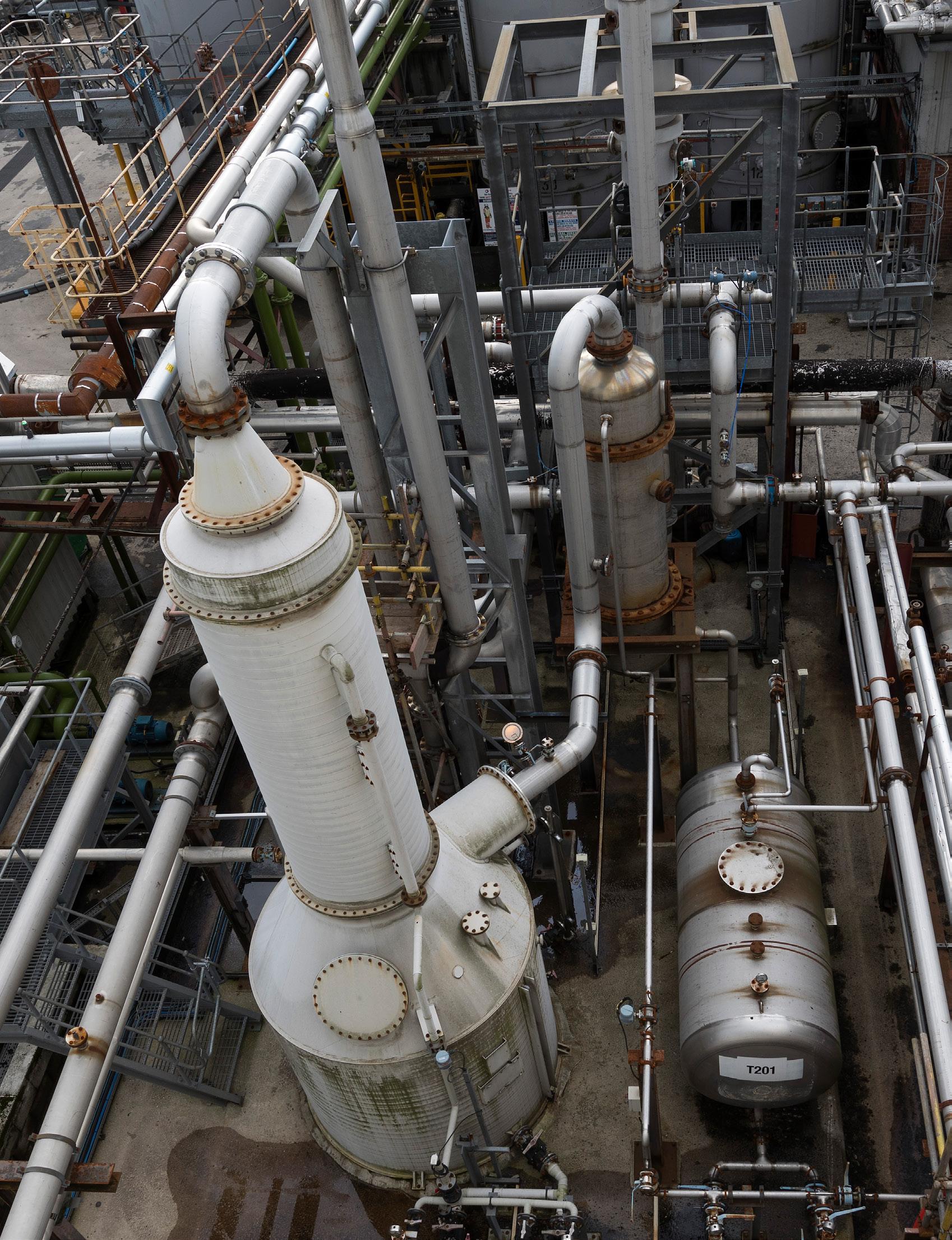
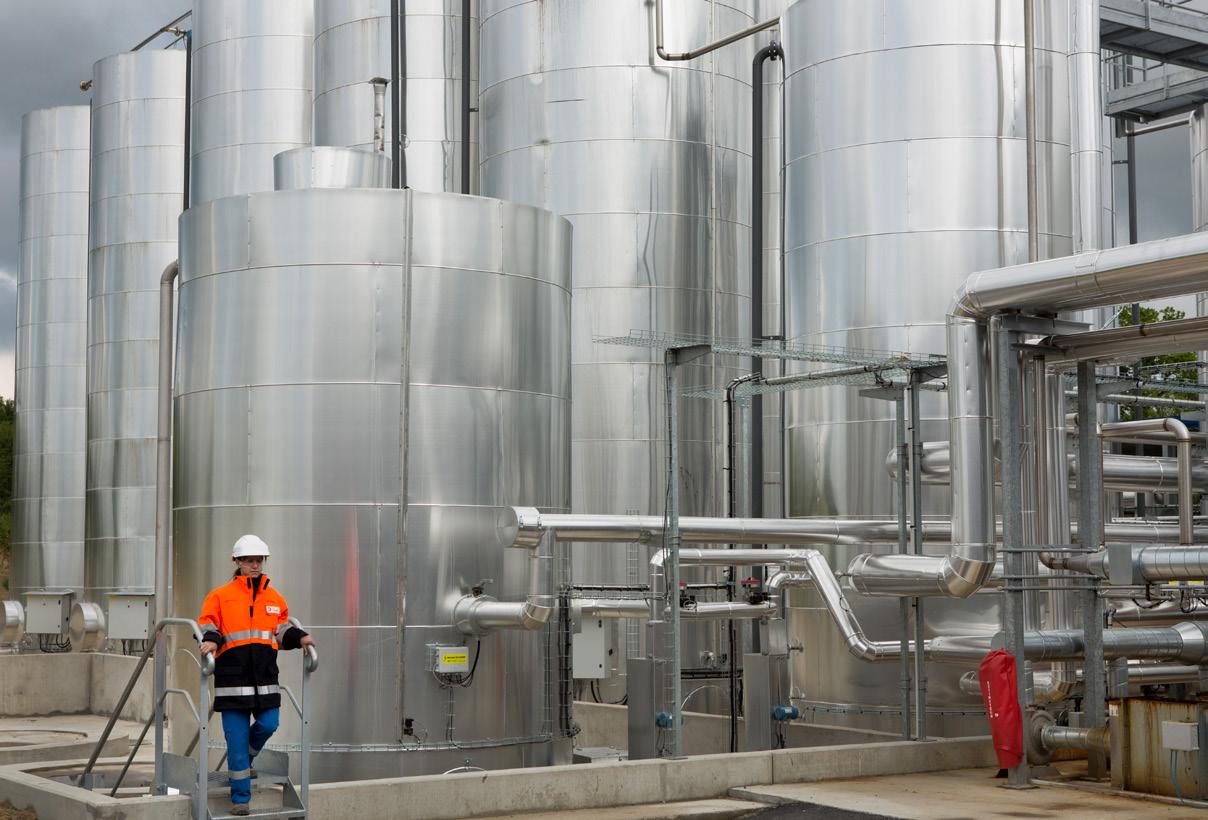
is to get the product to a workable state. Our low temperature ECO2 bitumen, for example, allows the same workability at 140°C - or 40°C cooler.”
Ashton says that this will support road workers, too. “It's a safer environment for them because they're not walking or driving through steam when there's live traffic going past just on the other side of the traffic cones.”
The TotalEnergies team conducted trials to measure the typical cooling times of asphalt. For a traditional hot mixture, a layer can typically be 100mm thick and it will take
two hours in normal ambient temperatures before traffic can run on the asphalt. Lowering the temperature by 40°C can halve this cooling time.
“Our customers may only have a five-hour slot where they can get in there and actually do the roadworks on a local urban road,” explains Ashton. “If they can add an hour's surfacing into that slot or get the road open an hour quicker, it's a 20% efficiency benefit.”
has committed to reducing its Scope 1 and 2 emissions by over 40%
is reducing the carbon intensity of petroleum products sold by more than 30%
National Highways, who manage the motorway and trunk road networks, also estimate that an increase in shift outputs of 20% could be provided by using this technology on its network, saving up to £70mn a year. ( Citation – Report, The AllParty Parliamentary Group on Highways: Working for better roads Warm Mix Asphalt: reducing carbon emissions and improving efficiencies. )
“Society needs to focus on ways to reduce energy consumption and it’s the case with prolonged road works and wasted energy if using conventional hot mix asphalt. We know our low temperature energy saving ECO2 products stop this waste.”
Asphalt is the most recycled material globally and, like its hot mix equivalents, TotalEnergies ECO2 is also 100% recyclable back into asphalts in the future, giving further embodied CO2 reduction benefits, helping to prevent waste and conserving natural resources as less aggregate needs to be quarried.

Styrelf® is one of TotalEnergies’ premium products. The name comes from adding a cross-linked polymer into bitumen, called styrene.
“It’s historically been used in high profile sites like at the Monaco Grand Prix
Circuit and the Mersey Gateway Bridge. We perform a huge amount of research and development, both here in the UK and in Europe, and the last 30 years have seen continuous improvement for these products,” explains Ashton.
A new grade in development, Styrelf® Long Life, aims to delay the onset of roadworks. Historically, highways engineers have to predict how long a road will last before potholes begin to form and a road needs to be repaired.
“It’s oxidation that makes the surface more brittle, and eventually it cracks. As it cracks, water gets into the cracks, they get bigger - then you've got a pothole, which somebody needs to repair. To do that, you’re going to have to cause disruption.”
TotalEnergies is working with local authorities and those responsible for maintaining roads on this matter. To get things moving, Ashton is involved in a number of industry bodies such as being a branch Chairman of The Institute of Asphalt Technology (IAT).
We have an ambition and that is to help with the world's energy transition, to reinvent the production and use of energy”

“
If we can lower the manufacturing temperature by chemically modifying the liquid bitumen, we can reduce the energy demands by up to 30%”
Then there’s a group called the Asphalt Industry Alliance (AIA) whose purpose is to promote the benefits of asphalt. This is a joint venture between the Minerals Product Association and Eurobitume UK, the two principal bodies that represent the suppliers of the raw materials used to produce asphalt, as well as asphalt producers and laying contractors. This then feeds into central government via the All-Party Parliamentary Group for Better Roads.
in an Evolving World
TotalEnergies has a partnership with transportation and supply chain company Hoyer Gas & Petrol Logistics Limited, which provides services to the company in the form of planning, safe loading, road transport and delivery of bitumen products to its UK customers.
“TotalEnergies was Hoyer’s first client for bitumen transportation in the UK,” says Chau.

“I'm proud to say that a lot of expertise, experience and procedures have been developed in collaboration between TotalEnergies and Hoyer.”
Chau states that Hoyer understands the vital ingredients for a successful partnership.
“It's strong and good quality communication that can only come through trust and mutual respect. That communication needs to be strong on all levels of management and day-to-day operations. If that communication breaks down on any one level, then things can quickly go awry”.
The next 12 months will continue to be interesting for the supply of bitumen into the UK.
In the wake of the Russian invasion of Ukraine, the government announced that the UK would sanction crudes and petroleum
products of Russian origin from the end of this year.
“What that means for the bitumen world is quite significant because Russia has been important for bitumen in Europe. So this presents some challenges for the industry and supply chains need to evolve and adapt.”
TotalEnergies is moving with the times and transforming its bitumen supply chain across the UK. In the future, it is expected that more bitumen will need to be imported into the UK, potentially from further afield.
“We're extending our partnership with Navigator Terminals, a very large independent bulk liquids storage provider. We are expanding through a new position in Teesside in addition to an existing facility we have with them in London, for importation of bitumen by sea."
The combined storage of the positions will give TotalEnergies significantly more storage capacity.
In a testament to TotalEnergies’ longterm commitment to its bitumen customers, these assets will ensure TotalEnergies’ bitumen supply into the UK is truly national and resilient.
With energy consumption on the rise, the industry is looking to technologies such as the Internet of Things (IoT) to
and improve operations
he importance of digital transformation in business has been emphasised for a while. The benefits it offers, which include cost reduction and improving productivity, have allowed businesses in a range of industries to enhance their operations and redirect their strategies. In a ever-changing environment where supply chains are being disrupted, digital transformation has also provided them with a lifeline to survive.
The energy industry is no different. From sensors implemented into oil and gas reservoirs to automated vehicles and beyond, digitalisation has a noteworthy impact on the sector both in terms of consumption and production. In fact, with the current energy consumption crisis and rising prices, the sector is looking towards solutions such as digital transformation for help, and there are several ways in which it can achieve this. According to
manage
global IT consulting firm Capgemini, firstly, digitalisation can reduce carbon emissions through improving energy efficiency. It can also lower carbon emissions through optimising energy management, coordinating supply and demand in electricity grids and improving operational efficiency.
What’s more, digital technologies play a crucial role in managing carbon capture storage or CSS, but which technologies
specifically will help the industry and how can energy suppliers use them to their advantage?
The Internet of Things (IoT): Enabling grid management and rerouting power
From smart phones to computers, the Internet of Things (IoT) is a digital world of devices and technology, all of which can be used in the energy industry’s favour. IoT can enable more efficient grid management by
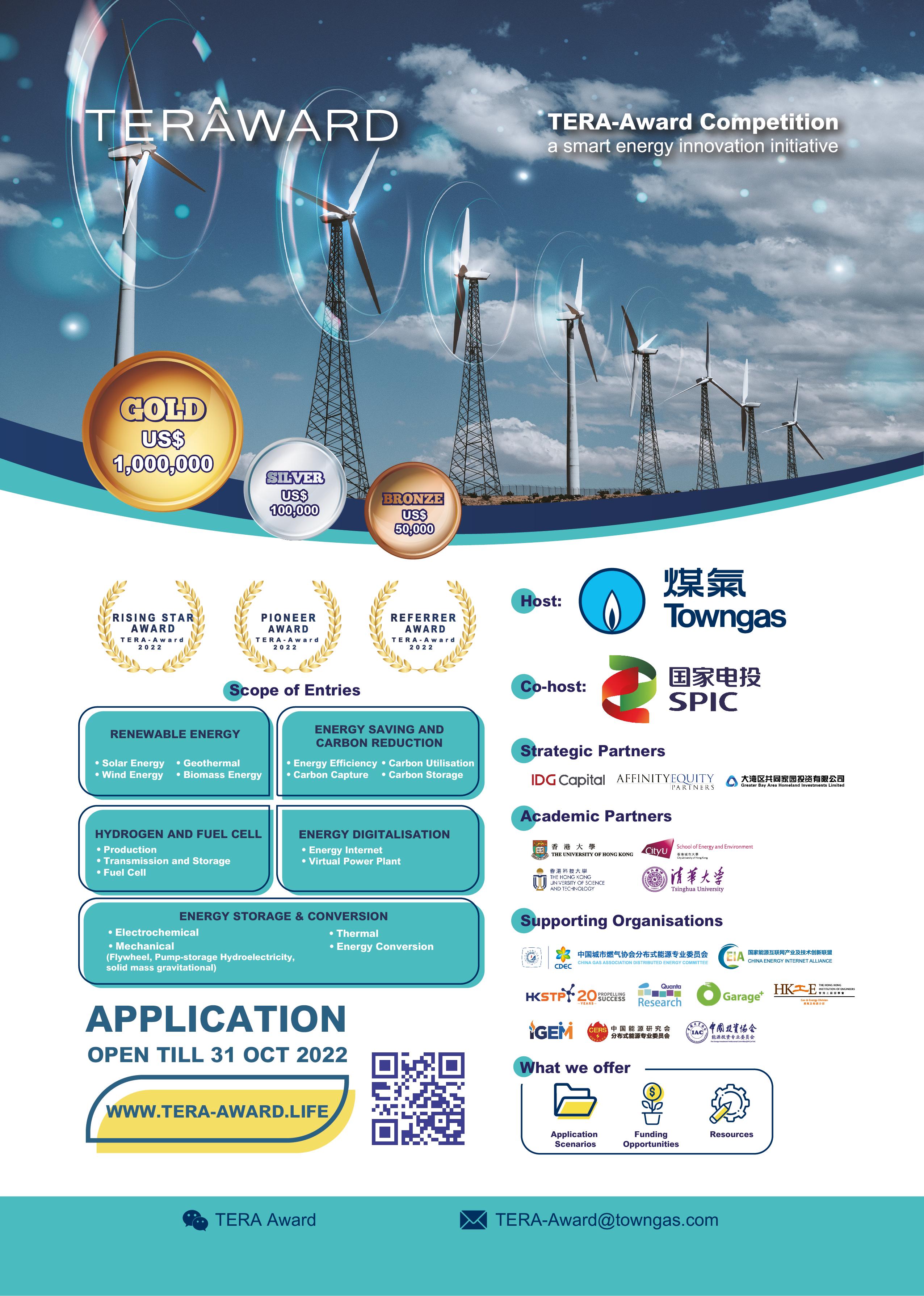
providing real-time alerts about potential grid damage or outages, modifying pricing and supply based on data insights, increasing the amount of energy saved and installing software updates. This means that the grids can operate more smoothly, faster and with greater accuracy.
IoT is also effective in managing data. The energy industry can use sensor-based systems for automation, which provides data. With IoT, this data can be stored on a cloud platform where it can be managed by suppliers who are then able to gain a clearer picture of the energy data they have collected. Suppliers can also use smart

solutions for end-to-end services which equates to increased productivity of their operations.
It is not just suppliers who are reaping the benefits of IoT, though. “I have a fundamental belief that the energy transition together with digitalisation are going to be primarily shaped by the choices that customers make.” This is what Shell’s Chief Technology Officer, Yuri Sebregts, believes in a blog post he wrote on the digital and energy transition. The impact of digitalisation on the energy sector will also be influenced by customers, and internetconnected smart metres from companies such as E-ON and Sensus mean that customers can accurately measure their energy consumption and calculate the cost of their usage and, crucially, reduce waste.
YURI SEBREGTS CTO, SHELL
“
I have a fundamental belief that the energy transition together with digitalisation are going to be primarily shaped by the choices that customers make”
Whereas IoT can help energy suppliers increase the efficiency of their grid management, utilising artificial intelligence (AI) can build smart grids. The need for this comes from the decentralisation of the grid and the fact that it is becoming more difficult to manage large numbers of grid participants.
By constructing more smart grids with AI, the participants can be allocated and managed more easily and power usage can be spread across several grids, reducing the strain on suppliers’ current infrastructure.
Grid stability is another important consideration, and one which AI can also support with power trading. By evaluating statistics such as weather data and historical data, predictions and forecasts will be improved which,
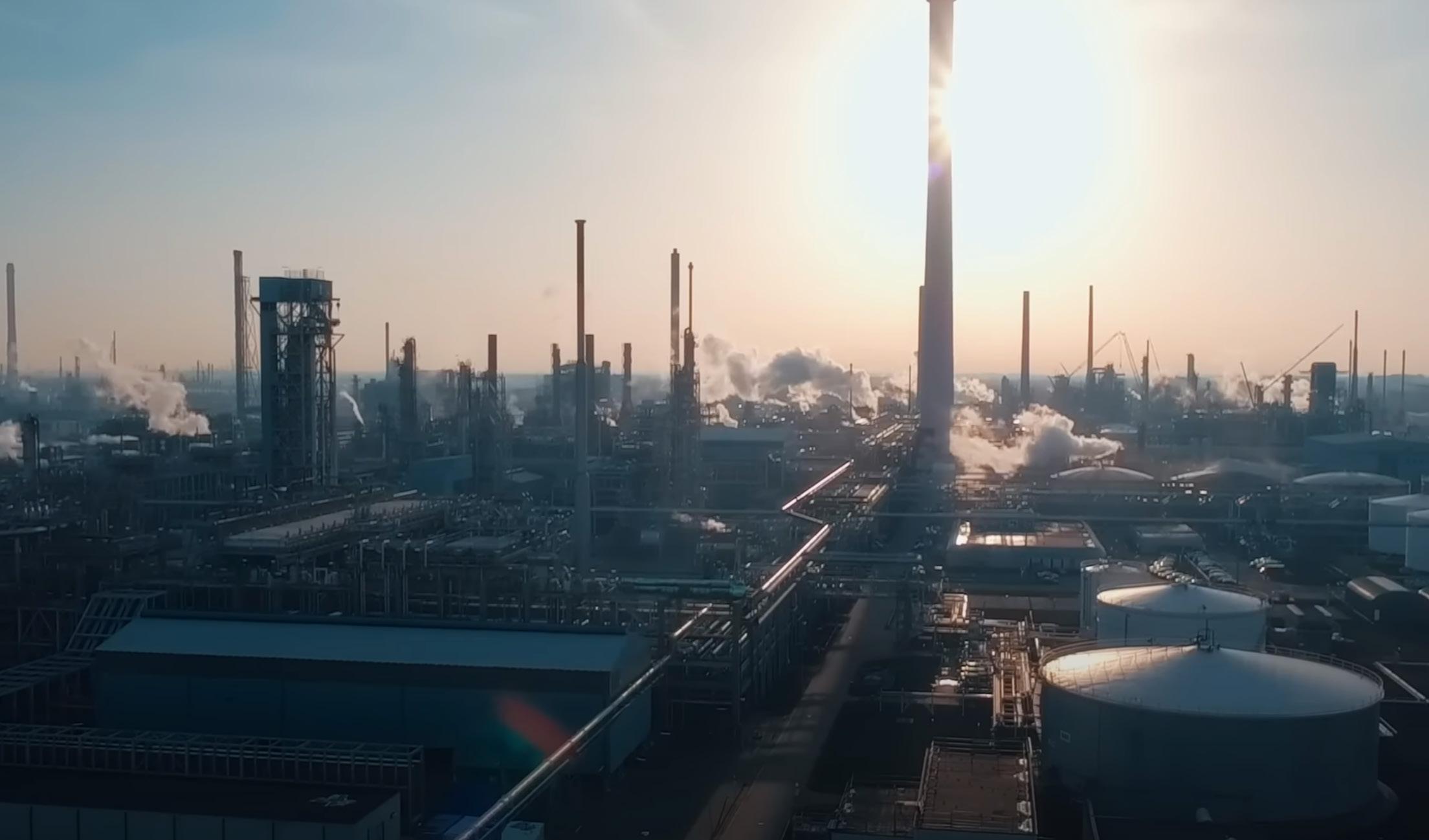
as a result, increases the stability of each grid.
AI can also control, monitor, and evaluate energy usage in buildings and factories. It can reduce consumption during peak hours as well as identify issues and detect equipment failures before they occur and alert the suppliers. This ability further adds to the operational efficiency and improves suppliers’ overall view of their business.
The potential for robotic process automation (RPA) to influence the revolution of the energy industry is substantial. According to IT Consulting firm Intone, RPA aids businesses in managing transactions, executing customer records management (CRM) – a commonly repetitive business process – and manage billing.
By onboarding robotics, energy leaders can reduce the likelihood of human error, thus resulting in more accurate data collection and streamlined processing.
Using blockchain technology in the energy industry Blockchain is another technology that the industry can leverage. A blockchain is a decentralised ledger of all transactions across a peer-to-peer network. As a system, it allows users to record information in a way that makes it difficult to change, cheat, or hack it.
Whilst its rollout in the energy sector may seem insignificant, its usefulness to the energy sector indicates the opposite. According to AI Multiple, the network of energy transactions being made is growing which, in turn, has raised both security and trust concerns from the businesses involved.
However, blockchain technology has the potential to perform transparent peer-topeer energy trading, allowing industry leaders a clearer view of the transactions being made. Other advantages of utilising this technology include being able to keep track of the source of renewable energy and make records of the carbon footprint of different businesses. In addition, any excess energy can be stored in blockchain technology with algorithms that can connect excess energy buyers and sellers by using smart contracts.
Digitalisation will support the industry for an uncertain future If the energy sector is to come out of the crisis, the ability to adapt is key. Digital technologies can not only aid industry flexibility but also improve the ways in which the energy sector operates.
Digitalisation, as we have witnessed, is paramount for the industry to stay afloat – whether that be in helping it to manage power grids, provide data from smart metres, or to help deal with transactions.
IoT, AI, Blockchain, and robotics prove that the industry can move with the times and that it will be prepared for the uncertain future that lies ahead.
“
Digital technologies can not only aid industry flexibility but also improve the ways in which energy sector operates”
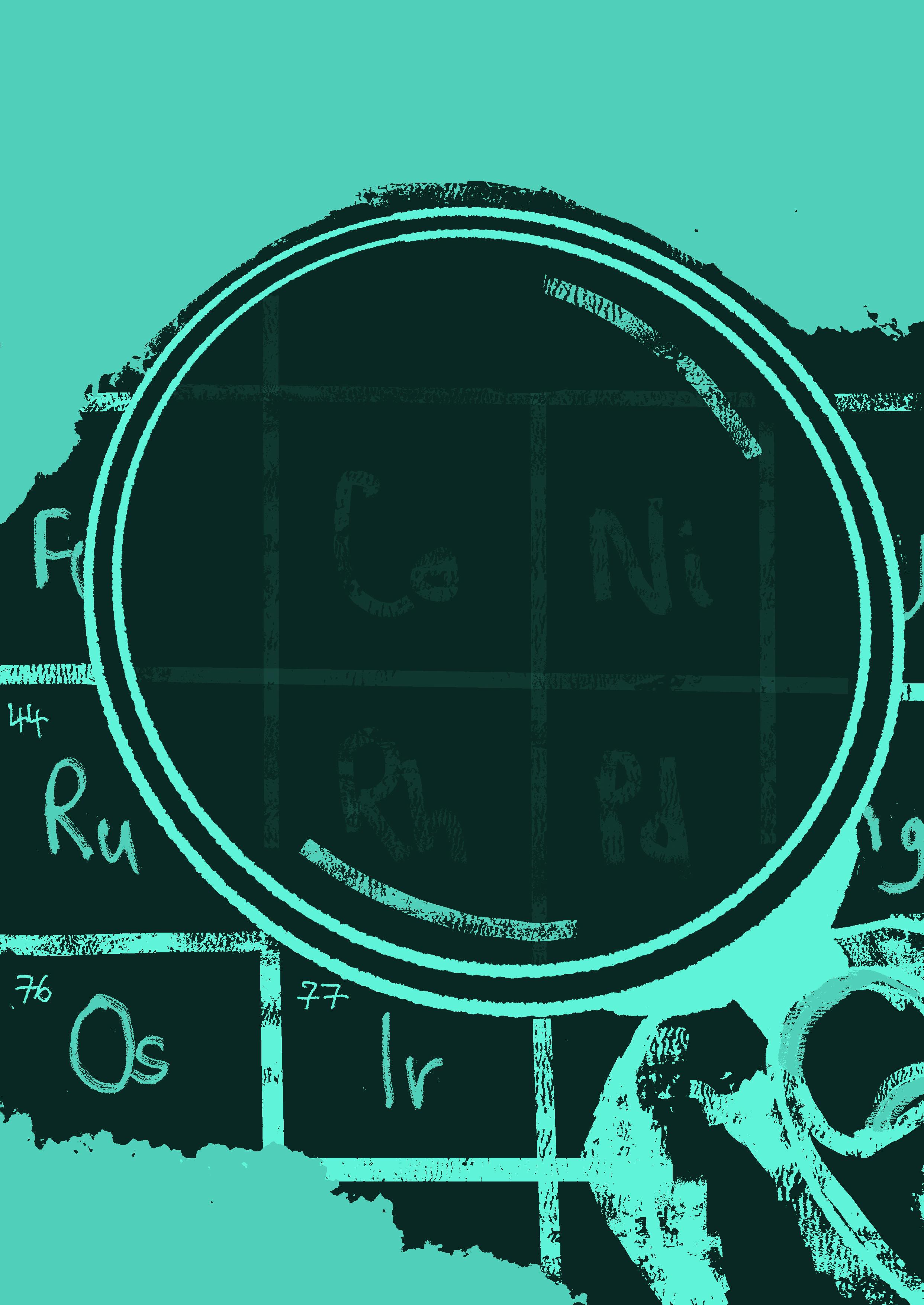
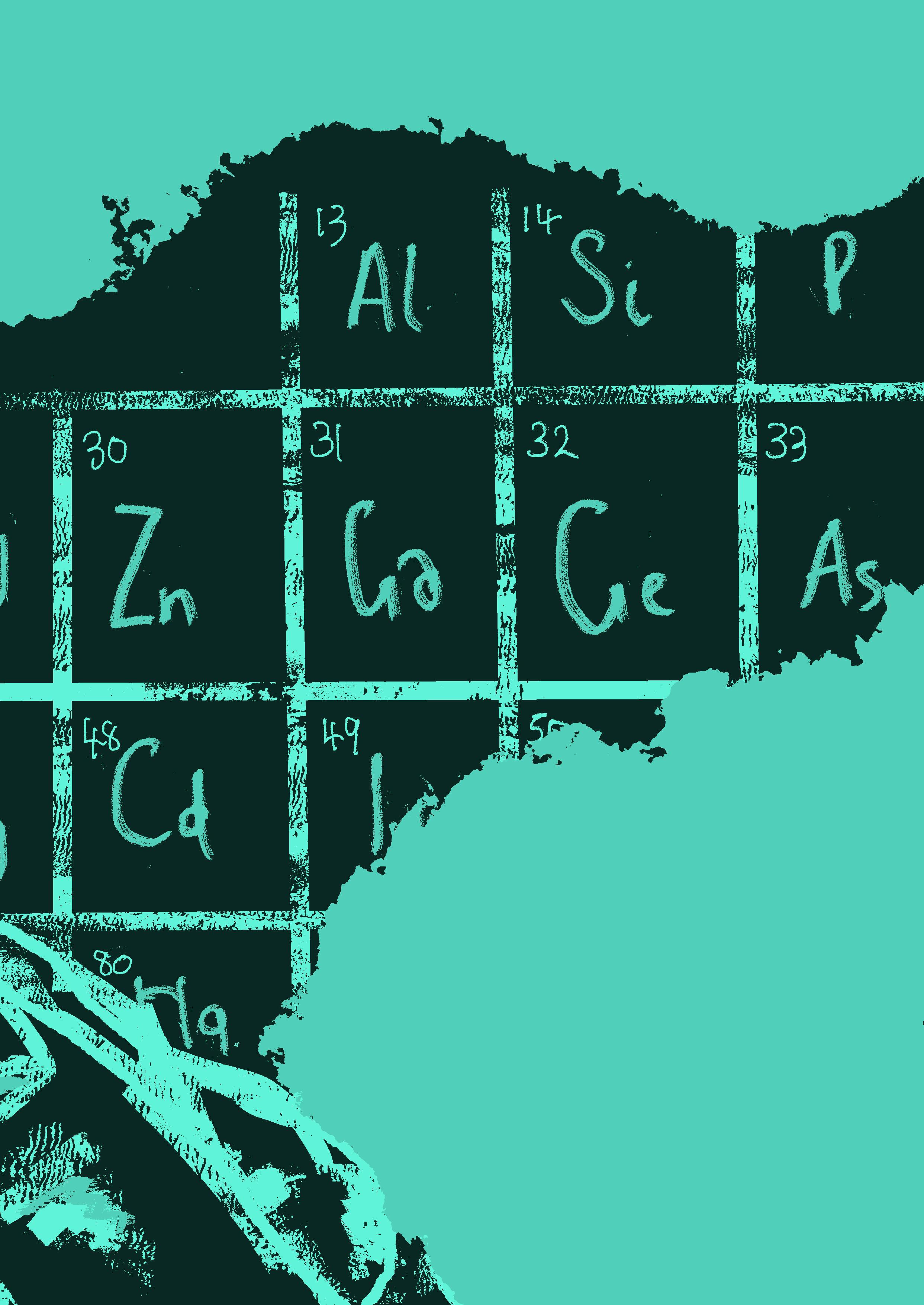
At the latest iteration of the UN climate change summit (COP27), one of the main themes was centred around the need for energy storage to accommodate the transition from fossil fuels to renewable sources. More specifically, the event, which was held from 7th to 18th November 2022 in Egypt, uncovered assumptions that lithium-ion batteries were solely responsible for energy storage.
It was argued, however, that due to current lithium shortages amid rising demand, those presumptions were unfounded and unlikely. Besides, the International Energy Agency predicts that the situation could worsen with global shortages of the metal occurring as soon as 2025. This falls in line with the possibility that EV demand could treble
within the same time frame. For example, global EV purchases rose to 6.6mn in 2021, a jump of 3.6mn from 2020, accounting for 9% of the market and all the growth of worldwide car sales, which reached 66.7mn in 2021.
According to figures from the Argonne National Laboratory of science and engineering research, a battery pack for one electric vehicle would require around 8kg of lithium, an amount which, soon, may not be possible to extract by 2030 if no ways of recycling the metal are found. It’s a classic case of supply struggling to meet demand – one which has also resulted in skyrocketing lithium prices - but there are some alternatives to lithium which have the potential to accommodate energy storage and be more cost effective.
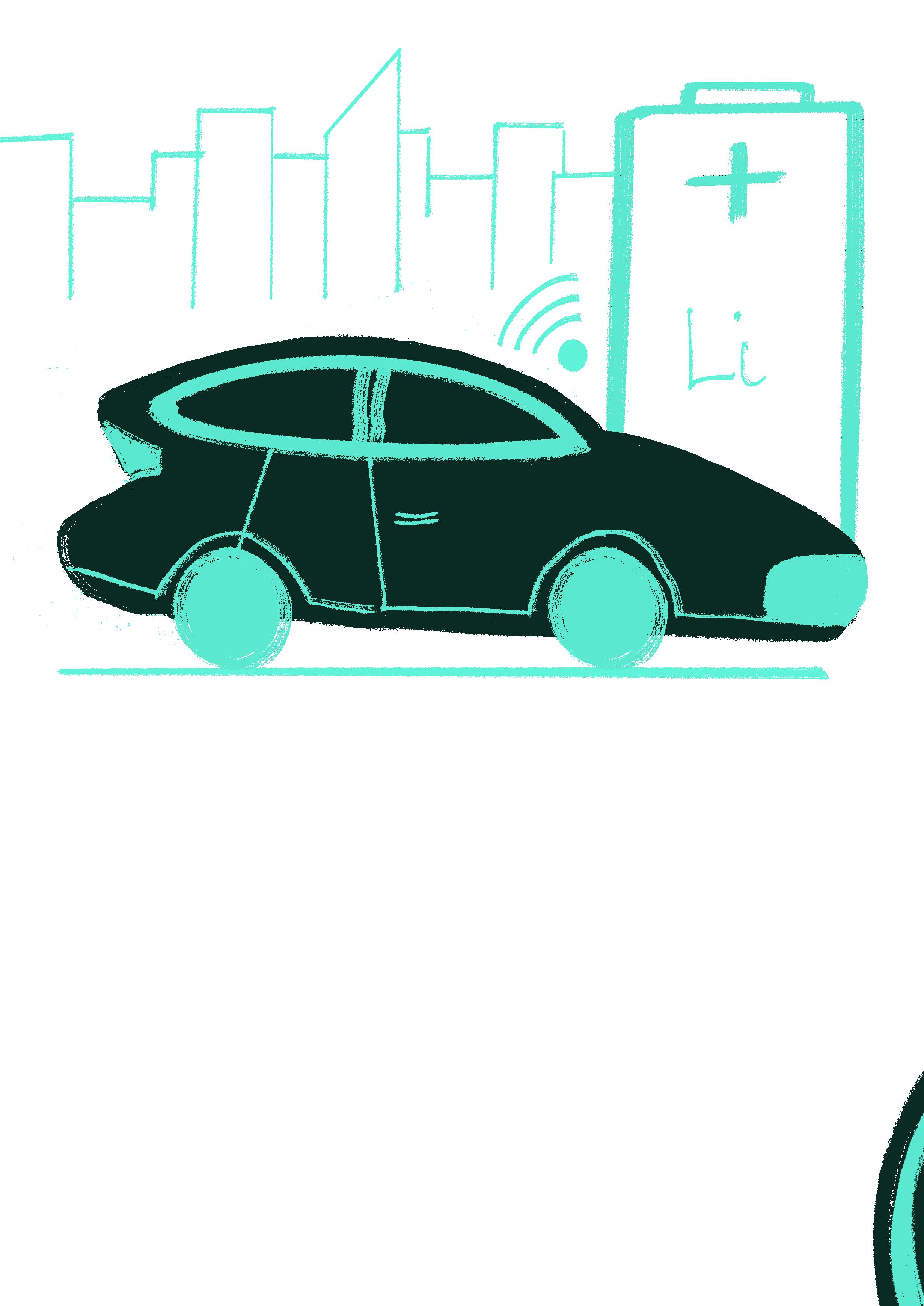
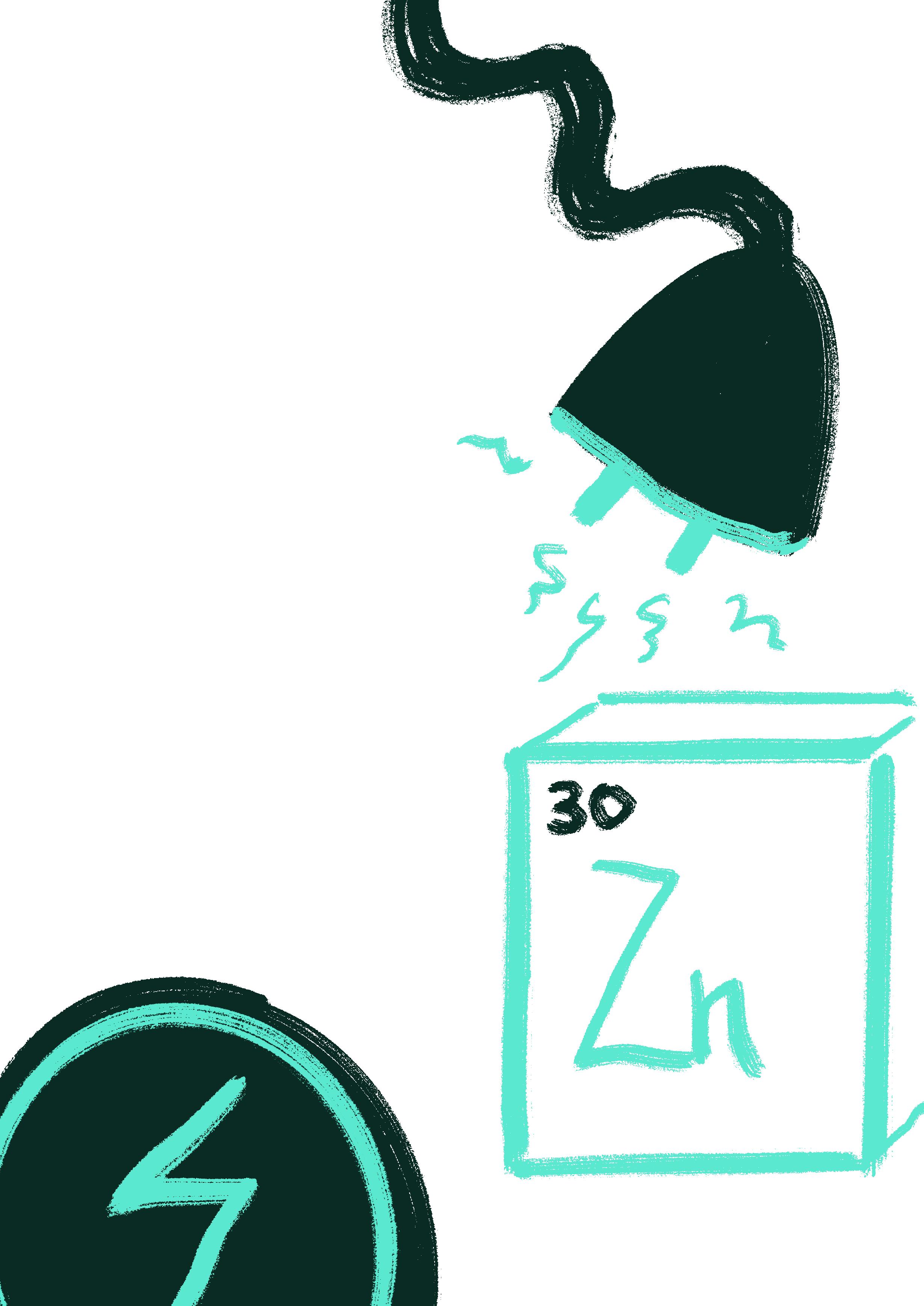
– a safety-orientated battery solution Zinc-ion is one such alternative. A disadvantage of Lithium-ion is its tendency to combust, as seen in recent Tesla car fires. A cell in the battery is damaged either through the impact of a crash or due to manufacturing defects, which causes it to overheat and catch fire in a process commonly known as thermal runaway. Laptops, mobile phones, and energy storage facilities have also been known to catch alight. However, the chemistry in zinc is water-based meaning the element is nonflammable and could therefore be argued to be more reliable and safer. Its energy storage capabilities are also a positive, offering a high energy density that provides equal power, performance and reduced footprint as the lithium-ion. zinc can also be manufactured in the same factories as lithium, reducing manufacturing costs.
There are downsides to zinc, namely the limited choices of cathode materials and shorter life cycle, but overall, zinc-ion and even the non-rechargeable zinc-carbon variant, could prove a viable solution to energy storage if the lithium supply runs out.


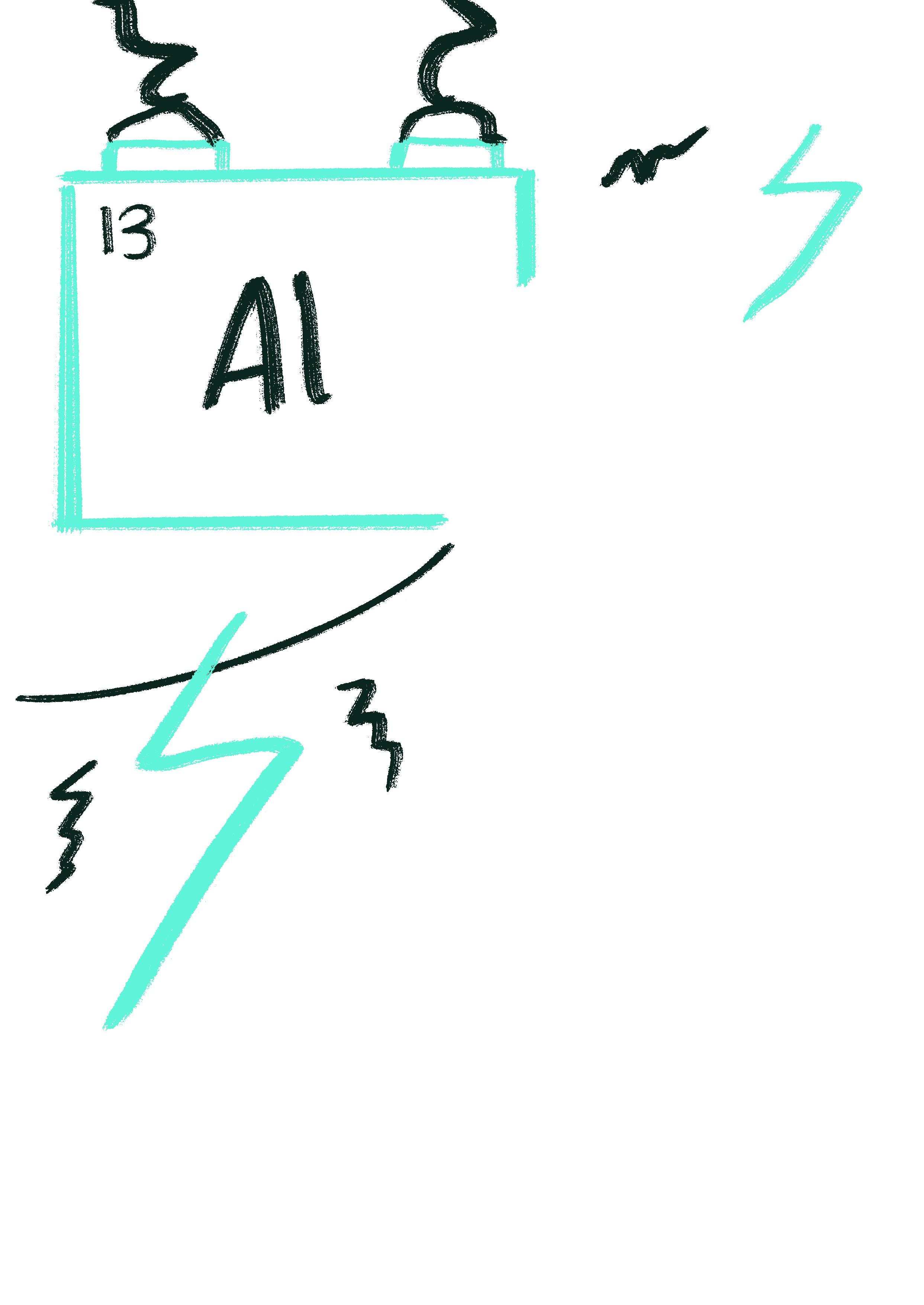
A third option in the pursuit of energy density is magnesium. Compared to lithium, magnesium contains double the electrons for each magnesium ion, according to the Argonne National Laboratory. This means it can store twice the amount of energy as lithium. It also has a more robust supply chain due to being more abundant, is more sustainable to engineer, and the price of the raw material is significantly less than the highest grade of lithium-ion.
Because of magnesium’s relatively small size as an ion, it can carry a lot of electric charge – a disadvantage which can result in it reacting with surrounding materials and limiting its lifetime.
Furthermore, despite the energy density properties, magnesium tends to generate heat during use which could prove detrimental to the battery’s functionality.

This is by no means an exhaustive list. Scientists are working to come up with new materials as alternatives to lithium and discover ones which would have an equal if not greater energy storage capability. Other materials that have been explored include hemp to make baron carbide batteries, seawater-based batteries, and even glass.
Whilst lithium remains the leader of battery materials today, it seems that the increased demand for EVs and the resulting price hikes for the metal point to a necessity to look for a more sustainable battery and energy storage solution to protect the future of the EV battery.
Back in 2020, however, the World Energy Council published its Insights Brief titled: ‘Five Steps to Energy Storage’ in which it outlines the actions and steps enabling progress in the deployment of energy storage. At the time, the Council’s Secretary General and CEO, Dr. Angela Wilkinson, said we needed to look past battery technologies in the race the better storage.
“It’s time to enable new policies on energy storage and its roles as an energy resource, an enabler of whole systems reliability and an accelerator of global energy transition.” The future of energy storage, it would seem, is beyond batteries.

DR. ANGELA WILKINSON SECRETARY GENERAL AND CEO, THE WORLD ENERGY
“It’s time to enable new policies on energy storage and its roles as an energy resource, an enabler of whole systems reliability and an accelerator of global energy transition”


Artificial intelligence (AI) and Cloud software drive energy innovation in a number of different ways, from automating the optimisation process of energy grids to fully managing maintenance schedules and power flow.


They can also aid in disaster prevention, predicting and identifying issues such as faulty transmission lines, failing transformers, and system overloads. Couple this to deeplearning, the power of AI and the Cloud and the role that they play in the sector is truly transformational.
Furthermore, cloud computing alone presents a range of opportunities to energy suppliers. Cloud data backup, for instance, means that energy companies can comply with market regulations more easily whilst compiling regulator information can be achieved using automated analytics and reporting.
One area where their impact on the sector has really shown promise, though, is in the regulation of wind power. Since wind power generation relies on the weather, having the ability to predict its power output accurately has, in the past, alluded industry leaders, but by leveraging artificial intelligence to combine weather and satellite data, other weather prediction models and historical analysis, it becomes much easier to form an estimate of power output.
Implementing AI and Cloud software can help optimise energy grids and manage renewable sources, including wind power






A modern network must be able to respond easily, quickly and flexibly to the growing needs of today’s digital business. Must provide visibility & control of applications, users and devices on and off the network and Intelligently direct traffic across the WAN. Be scalable and automate the process to provide new innovative services. Support IoT devices and utilize state-of-the-art technologies such as real-time analytics, ML and AI. And all these must be provided with maximum security and minimum cost.
This is the power that brings the integration of two cloud managed platforms, Cisco Meraki and Cisco Umbrella. This integration is binding together the best of breed in cloud-managed networking and Security. cisco.com cisco CiscoSecure




In the United States wind energy is responsible for providing more than 20% of the total electricity generation across 11 states. It provides more than 50% of the electricity in Iowa and South Dakota and more than 30% in Kansas, North Dakota, and Oklahoma. Overall, in 2021, wind energy accounted for around 9% of the total electricity generation in the United States.
Globally, the wind energy market was valued at US$62.1bn in 2019, according to Allied Market Research. This figure is estimated to reach US$127.2bn by 2027 at a CAGR of 9.3% between 2020 and 2027.
According to the report by Allied Market Research, Asia-Pacific accounted for the highest revenue share in 2019. However, for the forecast period between 2020 and 2027, Europe is expected to hold the highest share, owing to a rise in investments in countries including France, Norway, and the UK.
Also affecting market value is the presence of major players such as Siemens, General Electric, and Enercon, all of which will positively influence impact it as they fight to become the market leader.
Drivers affecting the growth of the market include a significant surge in demand for renewable power sources. The rise in market value is also attributed to an increase in the number of governments promoting sustainable energy sources to remove carbon emissions.
Google Cloud and Engie’s experimental wind farm technology
Back in June 2022, Google’s cloud division announced a partnership in which French utility firm Engie would use its experimental technology with the aim of boosting power and efficiency from wind farms.
The technology is reported to also predict the price of wind power which can then be sold on the market, something which will benefit both electricity grids and consumers, whilst making wind more competitive than fossil fuels.

This is according to Google Cloud’s Global Energy Solutions Director, Larry Cochrane, who added at the time of the news that working with Engie “can accelerate Europe’s clean energy transition, while laying the groundwork for wind farms around the world to benefit from improved forecasting via Artificial Intelligence.”
The companies said that once the project is completed it will benefit wind farms across the globe and the AI solution will utilise performant and scalable data systems and machine learning to support decision making. More recently in November 2022, Google launched three new sustainability management apps as part of a collaboration with mCloud Technologies, an AI-powered asset management firm.

The apps utilise mCloud’s AssetCare platform and Google’s Cloud services including Google Earth, Vision AI, and Translation AI at a time when more countries are signing agreements aiming to lower carbon emissions.
According to mCloud, the applications support wind farms by using Google Earth data in combination with mCloud’s AI-driven image processing capabilities to optimise the production of wind energy, eliminate maintenance and manual work, and automate wind turbine inspections. The technology will also be used at oil and gas facilities, allowing teams to detect methane leaks and measure solar intensity, site occupancy and weather conditions.
Vestas Wind Systems uses AI wake steering to generate energy from wind turbines It’s evident that AI and Cloud computing form an integral part of wind power monitoring but the technology – AI specifically – can also generate wind power, as Vestas Wind Systems, one of the industry’s largest companies, has achieved.

Founded in 1945 in Denmark by Peder Hansen, wind turbine manufacturer Vestas has been using a specific type of AI technology to produce wind power. Developed with the help of Microsoft and Microsoft’s partner, minds.ai, Vestas is using technology known as wake steering, which combines AI and high-performance computing to generate wind energy form turbines.
The concept of wake steering works when upstream turbines with a purposefully


misaligned yaw operate to deflect their wakes away from the downstream turbines. The act of doing this then produces a yield of power for the wind farm and, therefore, generates energy. According to PNAS, the process of wake steering in certain situations is capable of increasing energy or power production between 7% and 13% whilst decreasing variability by as much as 72%.

In order for wind farms and energy suppliers alike to be prepared for the
future, onboarding AI and Cloud computing will be an advantage. Whether the technology is being used or generating wind power using wake steering, predicting power output, or automating manual operations such as the inspection of wind turbines, AI and Cloud can enhance the industry, making operations easier to manage, more cost-effective, and ensure it is equipped to cope with future demands.
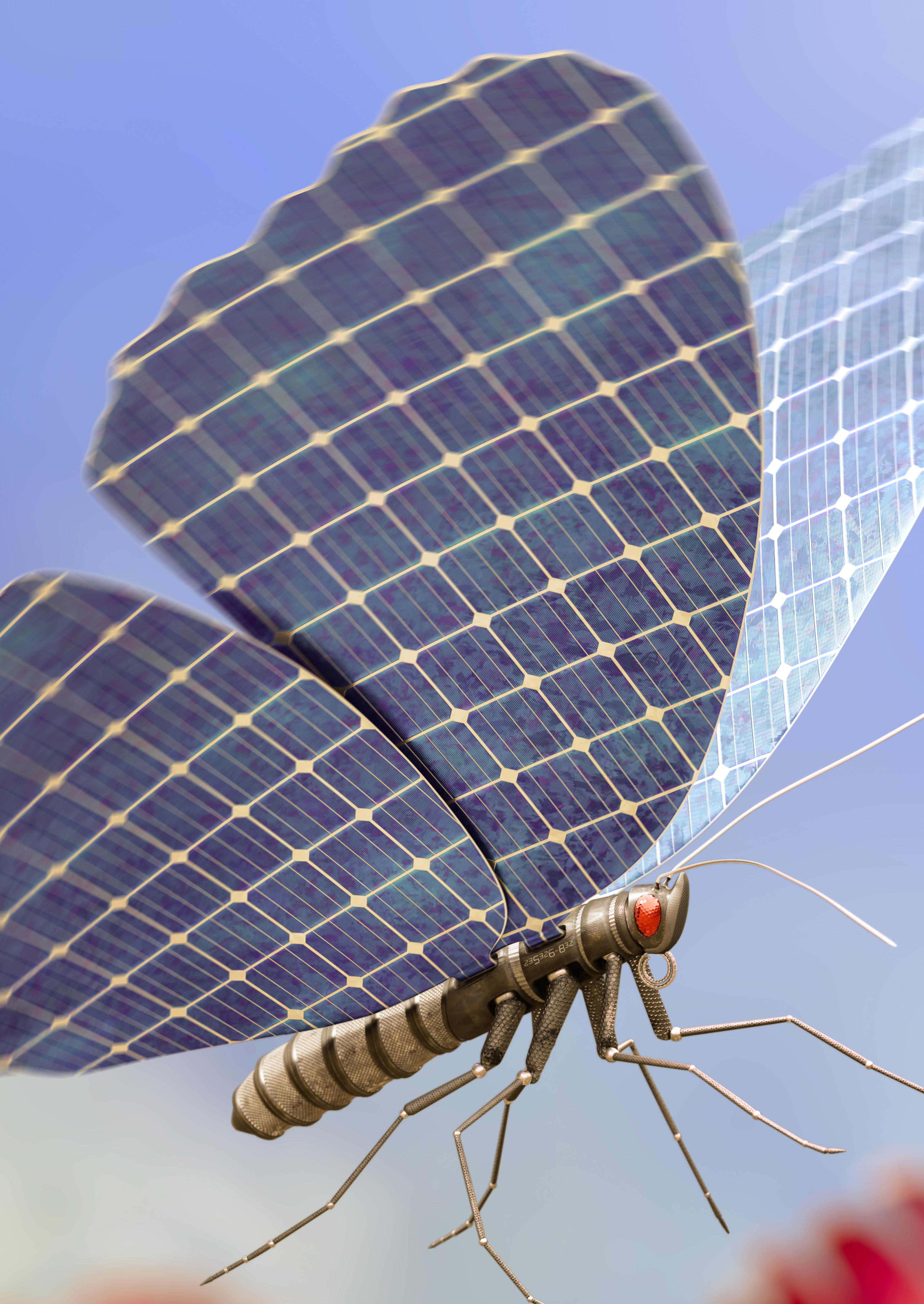

With spending on solar energy technologies on the rise, what could the future hold and what investment opportunities are on offer?
WRITTEN BY: SAM STEERS
Ensuring
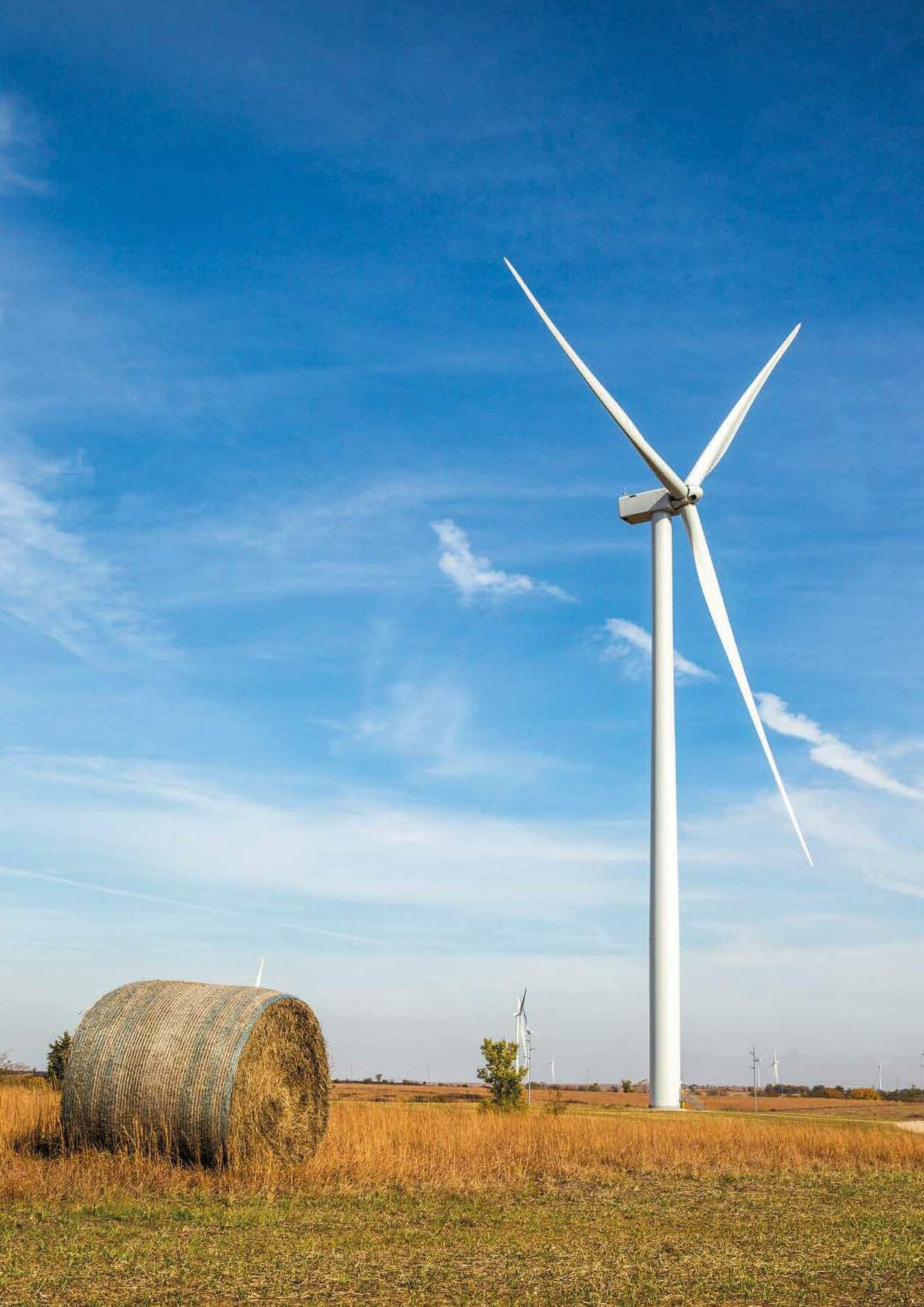
The first solar power technology, also known as photovoltaic (PV) technology was developed in the United States in 1954. Daryl Chapin, Calvin Fuller, and Gerald Pearson from Bell Labs developed the silicon photovoltaic cell –the first one of its kind to convert the sun’s energy into power for electrical equipment.
In 2018, the global solar energy market was valued at US$52.5bn, a figure predicted to rise to ass much as US$223.3bn by 2026, growing at a CAGR of 20.5% from 2019. The growth of the solar energy market is influenced by several factors. These include an increase in environmental pollution, government incentives and tax rebates to install solar panels. There are several opportunities in which the sector could invest in order to ensure that solar energy is future-proof.

There are, however, problems that the industry will need to solve before it can invest in its future. The first of these stems from finding a more suitable material for solar panels. Industry experts have warned that the traditional silicon-based panels are expensive and have a low efficiency rating – a desirable characteristic if it’s to be sustainable.
One answer is a material known as perovskite, the advantages of which include thin layers, meaning they comprised of less material, and that the manufacturing process to make the material is far less energy intensive. According to research, the efficiency of perovskite climbed from 2% to 25%, a much higher rating than silicon.
However, it could be some time before perovskite becomes commercially available. This is because it has a very limited operational lifetime and is less durable than its silicon rival. Researchers at Oxford University, though, may have found a solution: installing perovskite on top of existing solar panels. The experts claim that by doing so, efficiency from solar panels has the potential to double over the next 10 to 20 years.

Another investment opportunity the industry could exploit is placing panels on water, whether that be a lake or on the ocean. Sources say that these panels would operate in the same way as panels on land but that the water alternative has other advantages. For example, the water cools the panel’s temperature which, in turn means that performance is increased by between 5% and 10%.

In addition, a major drawback of installing onshore panels is that land is expensive to purchase. By Installing them on water, the cost of purchasing land is eradicated. Another positive when choosing to construct panels on the ocean is that they form part of the energy grid, using hydropower for increased functionality.
The downside to this proposition comes to light when companies consider the challenge of mooring and anchoring the panels, the solution to which can be more expensive than land-based solar projects.
One potentially overlooked area for investment is in the maintenance and cleaning of solar panels. Due to the angle at which solar panels are tilted, rainwater cleans the majority of the panel, but experts still stress the value in ensuring maintenance is taken seriously. They recommend completing maintenance between two and four times a year. According to SolarReviews, this check can be done using a monitoring app that tracks solar energy output. If a drop in this output occurs, then it’s a clear sign that the panels require cleaning.
During periods of heavy snowfall, solar panels could require more frequent maintenance checks as the snow can not only affect performance, but the weight of the snow may damage the panel itself. When completing checks, experts say that a low energy output may indicate an obstruction preventing the panels from producing energy. The only difference in solar panel maintenance is the ease of access of ground-mounted panels compared to roof top-mounted.
From a sustainability viewpoint, solar panel recycling is a wise investment. Transparency

Market Research has predicted that the solar panel recycling market is expected to be worth US$600mn with recycled output as high as 894,000 tonnes.
The report showed that solar panel recycling operations have recently expanded in the United States after legislation relating to solar panels had been addressed and due to advancements in technological progress.
The main issue, according to the research, which is driving the need to recycle, is the growing amount of waste from panels, which includes poisonous substances which contaminate water supplies. Panels which have reached the end of their lifespan can
be broken down for recycling using a variety of techniques including mechanical, chemical, and lasers.
A key finding of the report and reason to recycle was that researchers are currently looking for ways to retrieve the silicon material from abandoned solar panels. Experts’ predictions show that silicon will generate the highest revenue, therefore accounting for a substantial portion of the recycling market.
For another investment opportunity, businesses could turn to farms and adopt

a technology called Agrivoltaics. Essentially, this is a combination of solar panels and plants on farmland. The process involves mixing farm crops with photovoltaic panels to generate both crops and solar energy at the same time.

In short, photovoltaics use solar energy to produce crops for food. However, a reported drawback to this technology that the panels are often mounted to concrete pads as the topsoil on farmland is too unstable. This results in less food production, and the panels themselves only have
half the capacity of power generation per acre.
Whilst this does increase costs, experts say that farming working in tandem with solar power can pay themselves off over a timespan of about eight years.
With current investments in solar energy growing at a significant rate, and with it being a natural renewable energy source based on power from the sun, its future looks positive. The technological opportunities it offers, such as panel recycling and water installation, prove to be a viable reason to invest.

Although inherently upredictable, wind is one of the most cost-effective energy sources out there. Wind turbines do not produce harmful emissions, meaning it’s also one of the most environmentally friendly.
Other plus points of wind power include the fact that wind turbines could also reduce the amount of electricity generated from fossil fuels, which results in lower air pollution and fewer carbon emissions. Here are our top 10 global projects making best use out of the power of the wind.
WRITTEN BY: SAM STEERSThe worldwide projects that are making the most of one of the planet’s most natural energy sources: wind power

Founded in 2001 as one of the largest wind farms in the world, the Jaisalmer wind park has a capacity of around 1,600MW, which caters for both public and private use. The site has a total of 11,000 wind turbines that can produce enough power to take the equivalent of 6mn cars off the road, according to the park’s developer, Suzlon.
Leading the way for offshore wind projects is Hornsea 1, a 1.2GW farm comprising of 174 wind turbines which each produce 7MW of power. Owned by Orsted and Global Infrastructure Partners (GIP) the farm powers around 1.000,000 houses.

Whilst the project began in 2014 with construction starting two years later, the onshore element of the project was completed in 2016 with offshore finishing construction in 2018. It’s still relatively new project as it wasn’t fully operational until 2020.
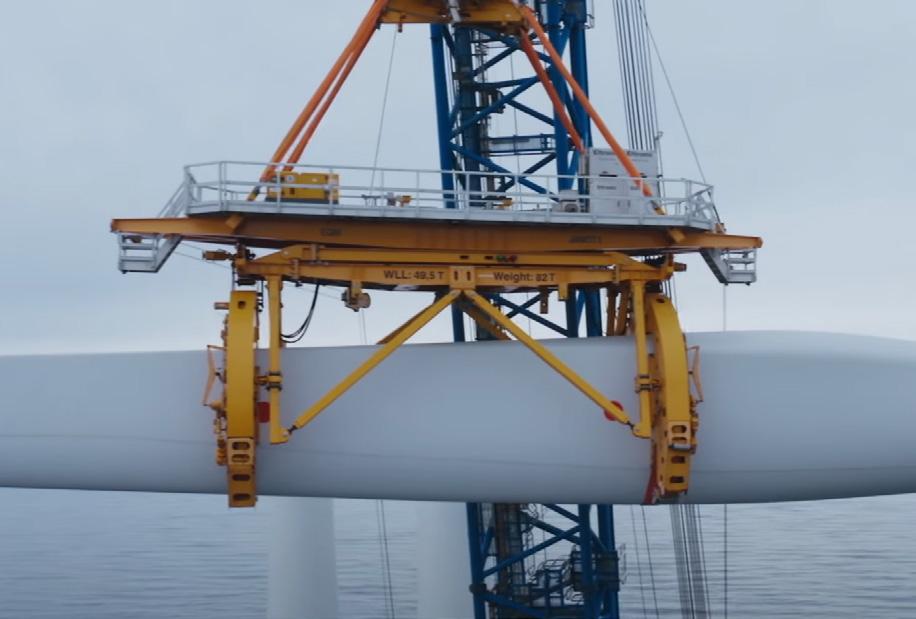
The Borssele offshore windfarm which comprises of four parts, is located off the coast of the Zeeland province in the Netherlands. Providing energy to 1,000,000 homes in the country, its 94 Siemens Gamesa turbines each 8MW of power, 752MW in total.

The greenlight for development was given by the Ministry of Economic Affairs in 2017. Construction began in January 2020, and the farm began producing power just three months later in April 2020. The farm was fully complete by the end of the year.
With 7,000 turbines, and a planned power capability of 20GW at a cost of US$15bn, the Gansu wind farm, also known as the Jiuquan wind power base, is the single largest onshore wind farm in the world.
The programme was approved in 2009 for its development, but delays in 2016 caused by a lack of power availability and a government ban meant that it wasn’t completed until 2021. Its turbines are located across the Jiuquan, Inner Mongolia, Hebei, Xinjiang, Jiangsu, and Shangdong provinces of Gansu, and, as a feat of engineering not much in the wind industry comes close.
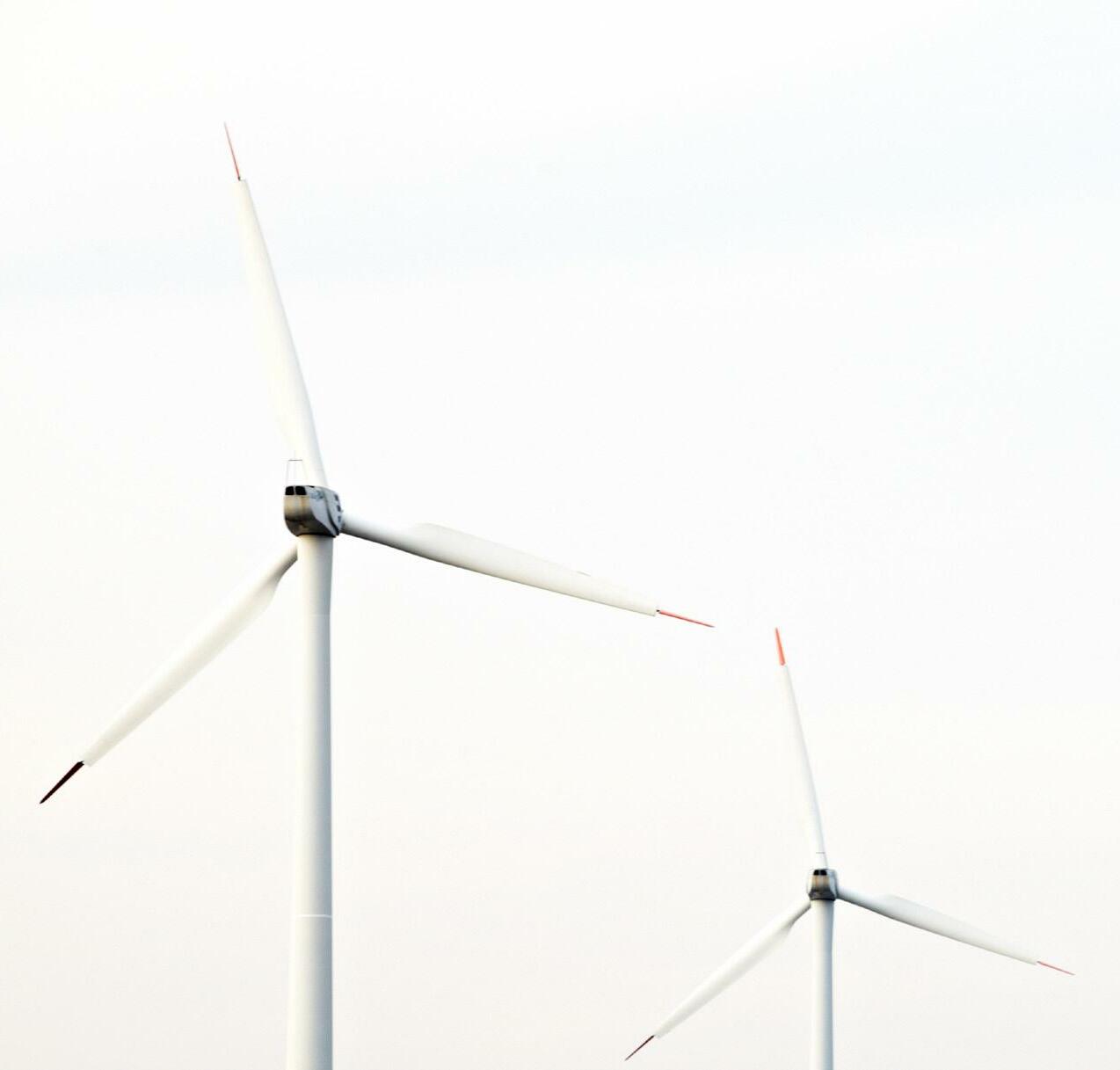
At Automated Logic, data centers are part of our DNA. We designed and developed the industry-leading WebCTRL® building automation system, an intuitive, proven platform that provides real-time visibility and control of equipment, systems and facilities – from anywhere in the world. And our Strategic Accounts team delivers that innovation to real-world sites, installing the WebCTRL system with expertise and consistency around the worldbringing powerful, efficient, and sustainable data centers to life.
Visit www.automatedlogic.com/datacenters to learn more.



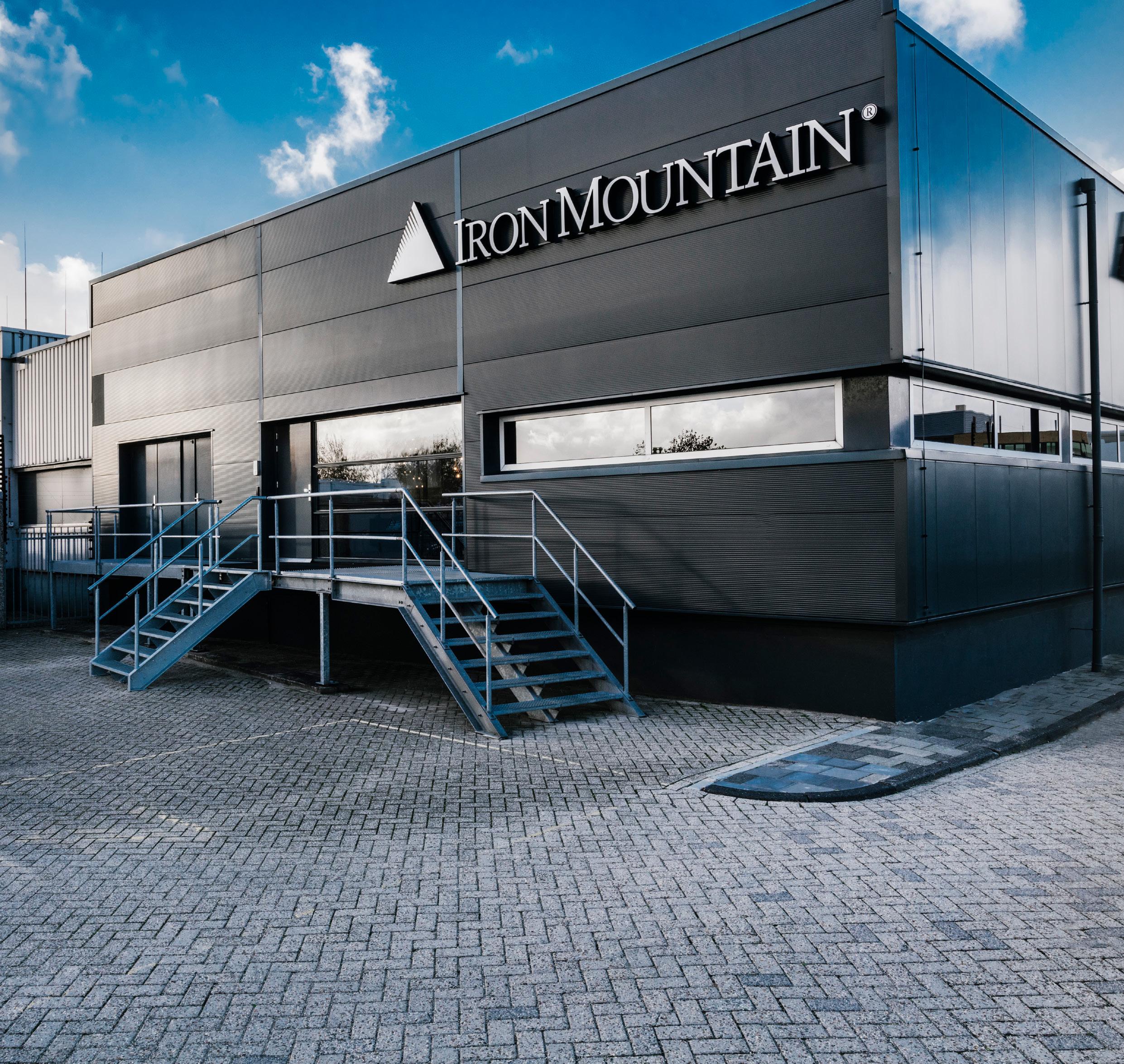

The Alta Wind Energy Center (AWEC), also known as the Mojave Wind Farm, was developed by Terra-Gen Power and is located in the Californian towns of Mojave and Tehachapi. It spans 3,200 acres of space and is the third largest wind farm in the world.
The site comprises of 600 turbines producing a planned output of 1,548MW, which would power more than 250,000 homes. The first five stages of the project began in 2010 and were completed a year later. The remaining phases were completed in 2013 and it has an expected life span of more than 25 years.
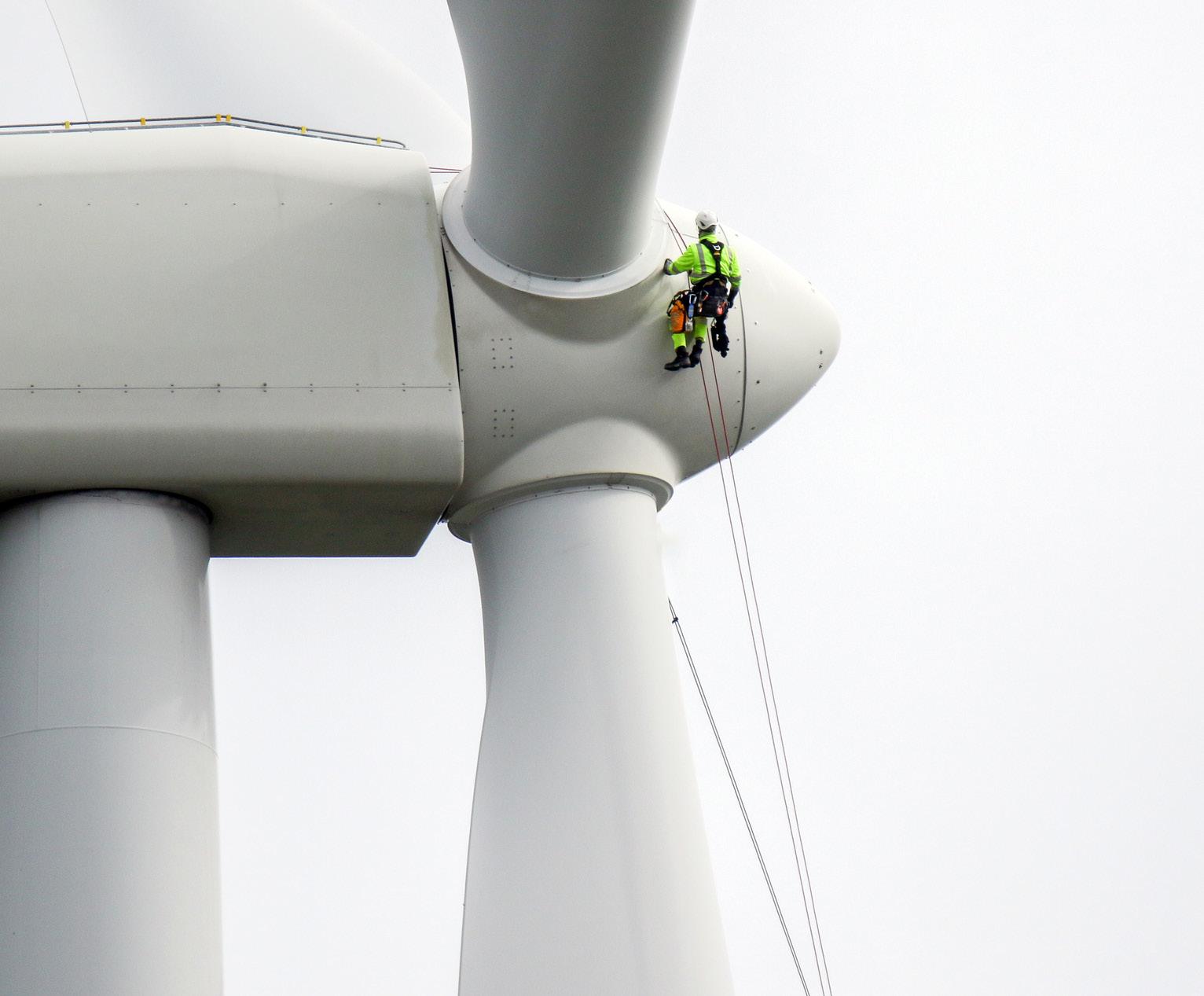
Owned and operated by NextEra Energy Resources, Horse Hollow Wind Energy Centre is located in Texas, United States and has a capacity of 735.5MW which powers around 180,000 households. The first four phases of construction for the farm were commissioned in 2005 and 2006.
Covering a total area of 47,000 acres the project consists of 142 GE 1.5MW turbines, 130 Siemens 2.3MW turbines. During construction, Blattner Energy was appointed the engineering, procurement and construction contractor for the project.
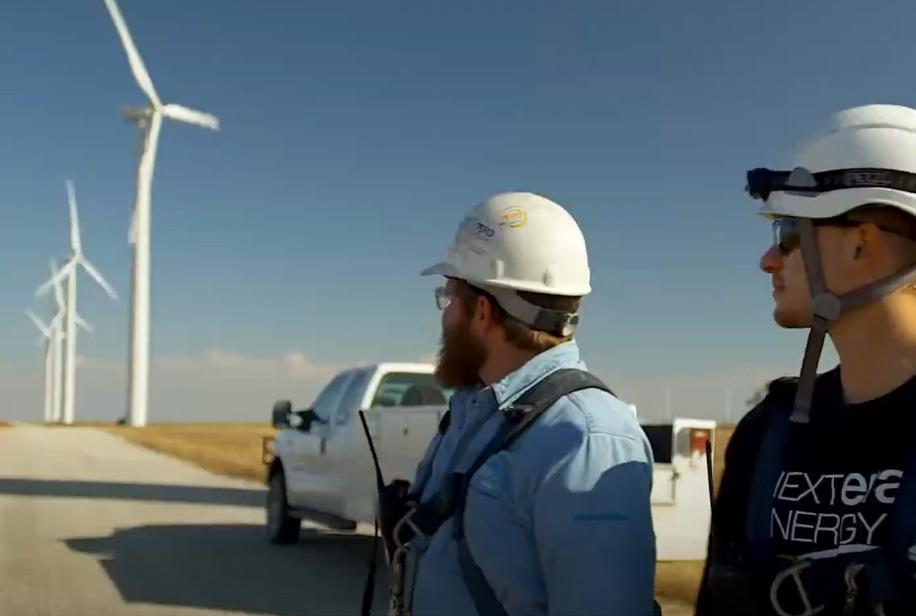
Alta Wind Energy Center (AWEC),


As the fifth largest wind farm in the world, Shepards Flat which is located in Eastern Oregon, has a power capacity of 845MW. The farm, developed by Caithness Energy, consists of 338 GE 2.5XL turbines with each capable of producing 2.5MW capacity.

The farm powers 235,000 houses with the output being supplied to Southern California Edison. Work on the project started in 2009 at an estimated cost of US$2bn. The US Department of Energy loaned US$1.3bn to aid the investment in October 2010. The farm then became fully operational in September 2012.
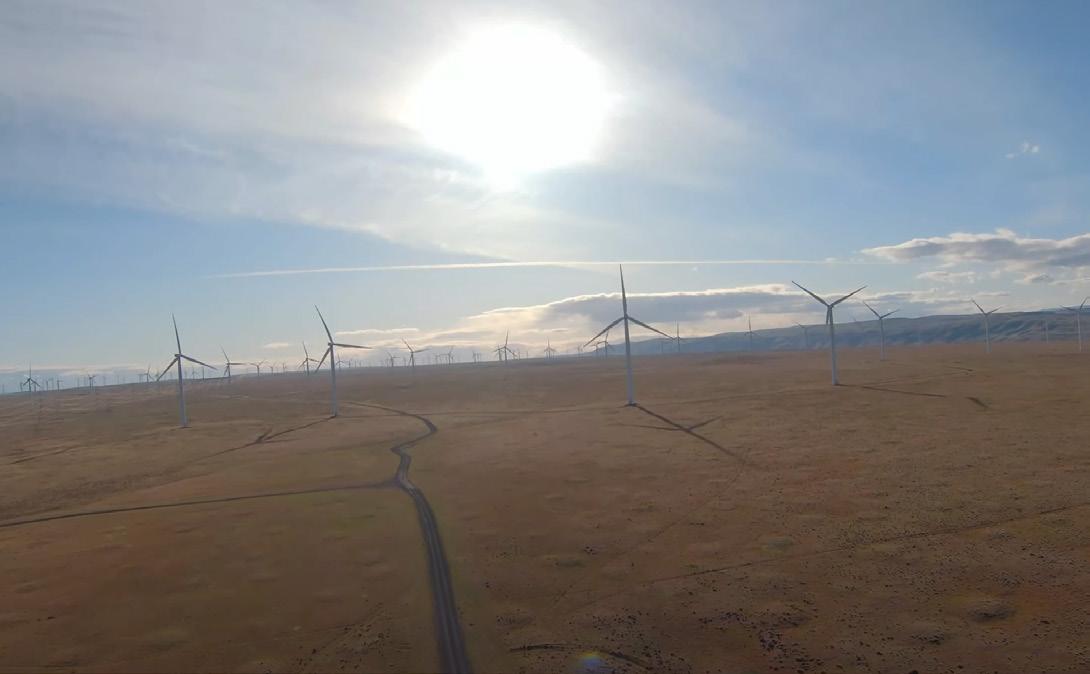
A 132MVwind farm, South Fork Wind is the first farm to connect to New York State. Its aim is to help the town of East Hampton meet its goal of 100% renewable energy. It aims to do this with its 12 turbines, generating enough power for 70,000 homes. Like the farm in Walney, the ownership of South Fork Wind is split between the global leader in offshore wind, Orsted and Eversource, which is a national energy leader. Currently still in construction, South Fork Wind is expected to be fully operational by 2023.
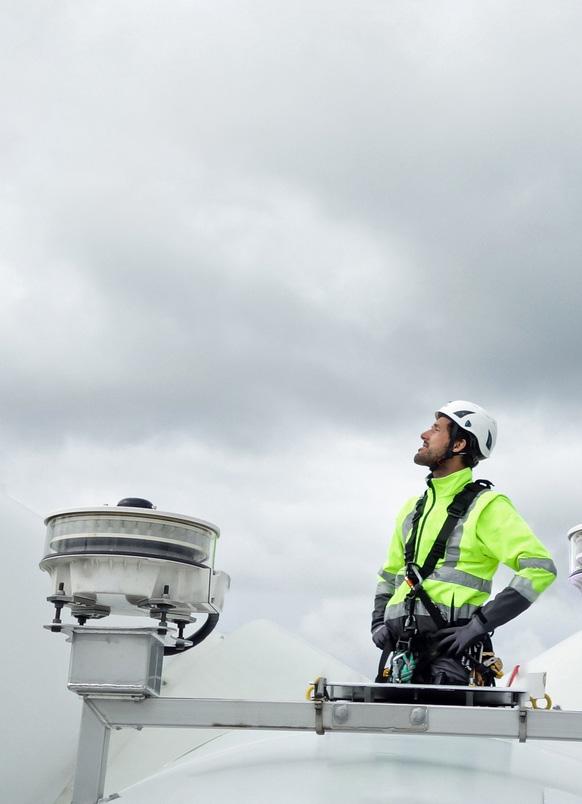



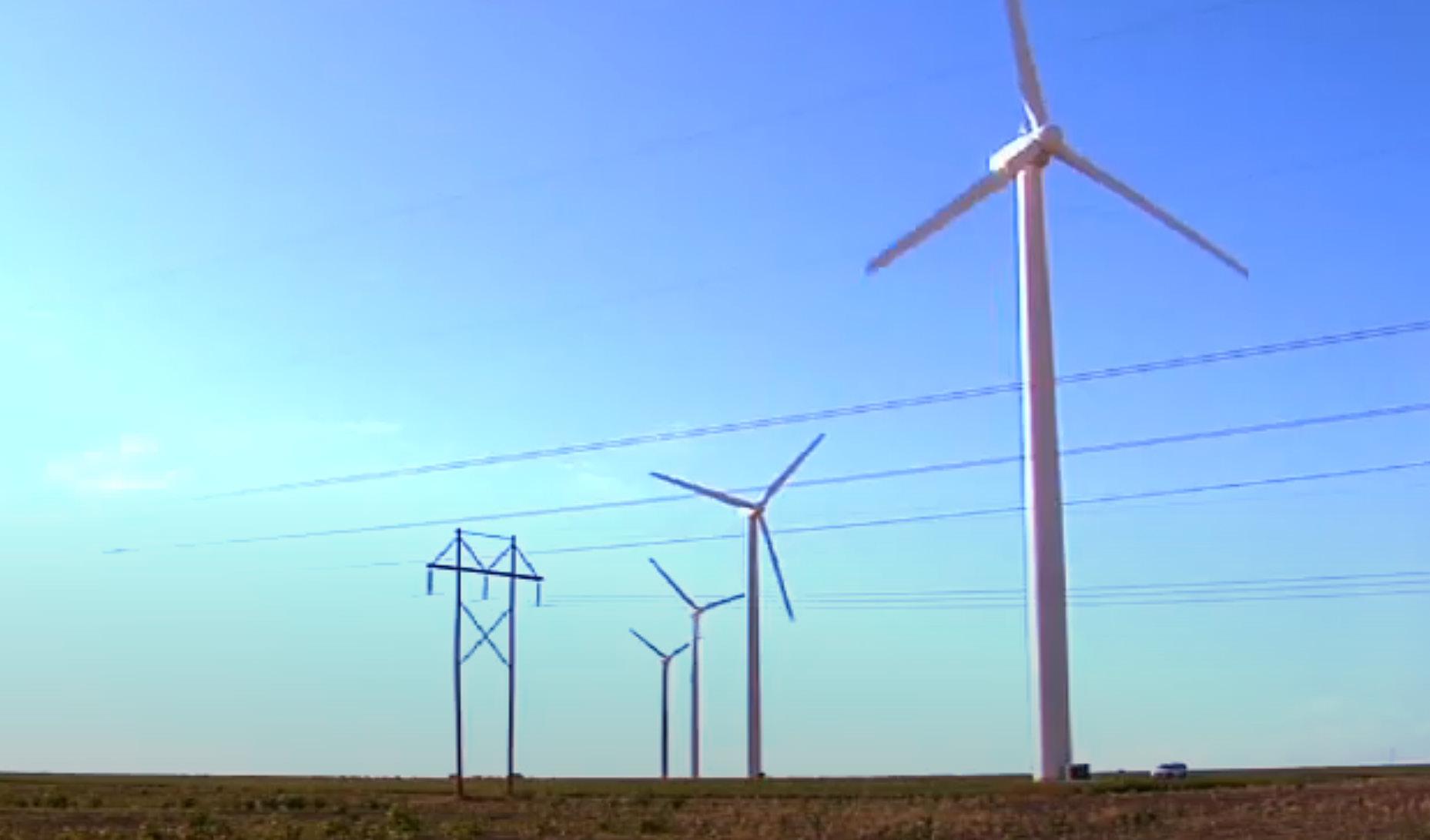
The final wind project in this list is located near Abilene in Texas, United States. Owned by E.ON Climate and Renewables, it spans 400km2 of land and comprises of 627 wind turbines. Constructed in four phases between 2007 and 2009, the project has been operational for the past 13 years


